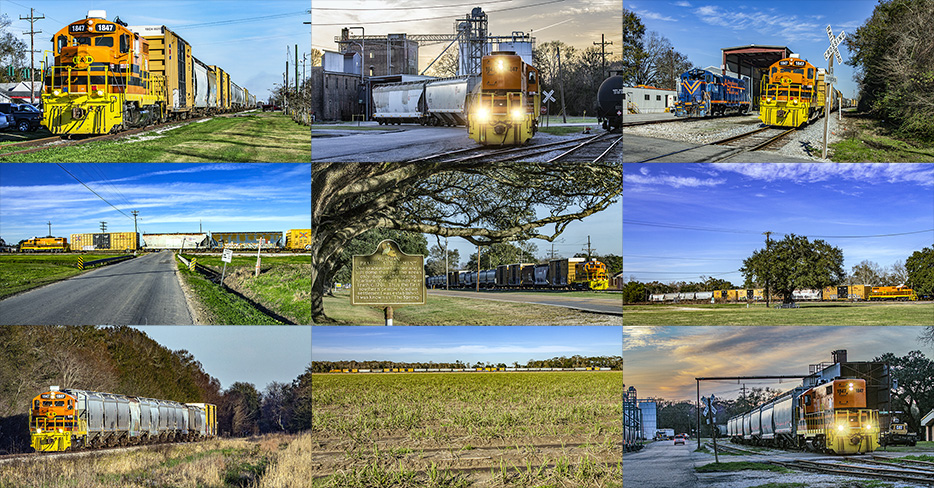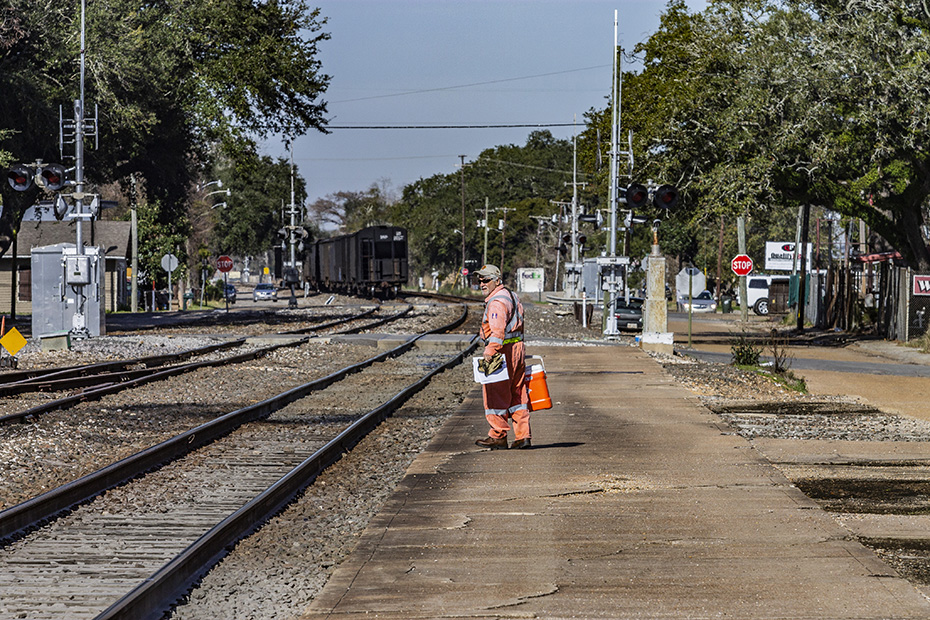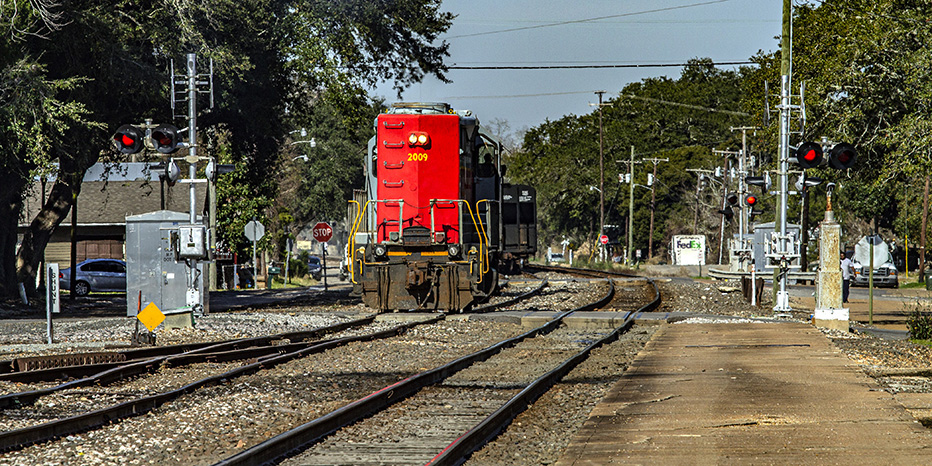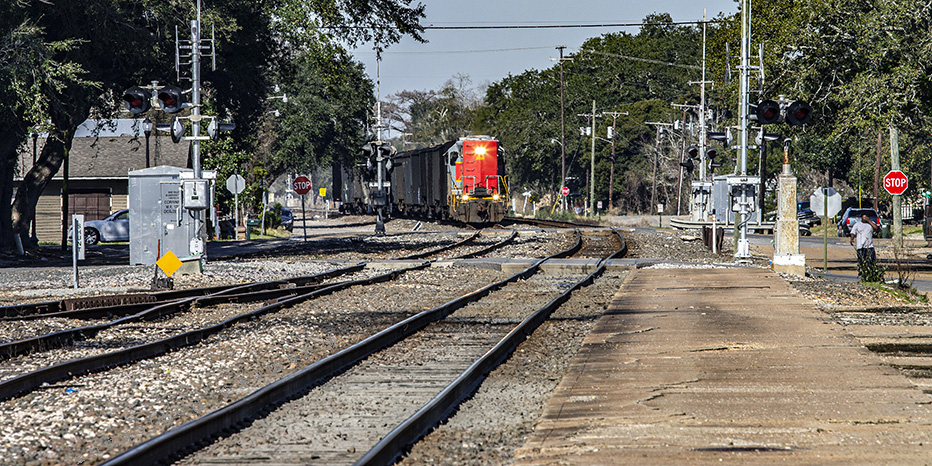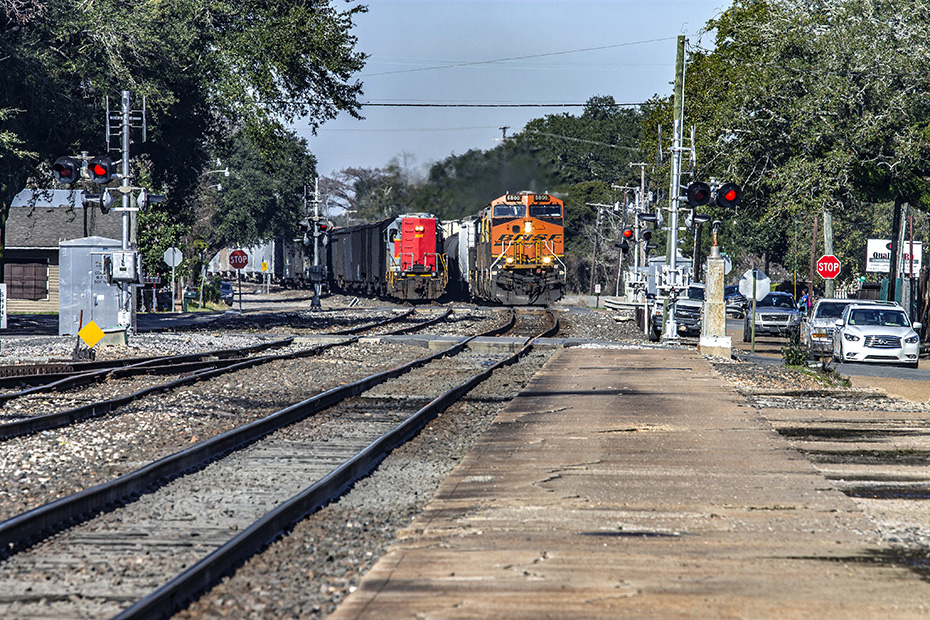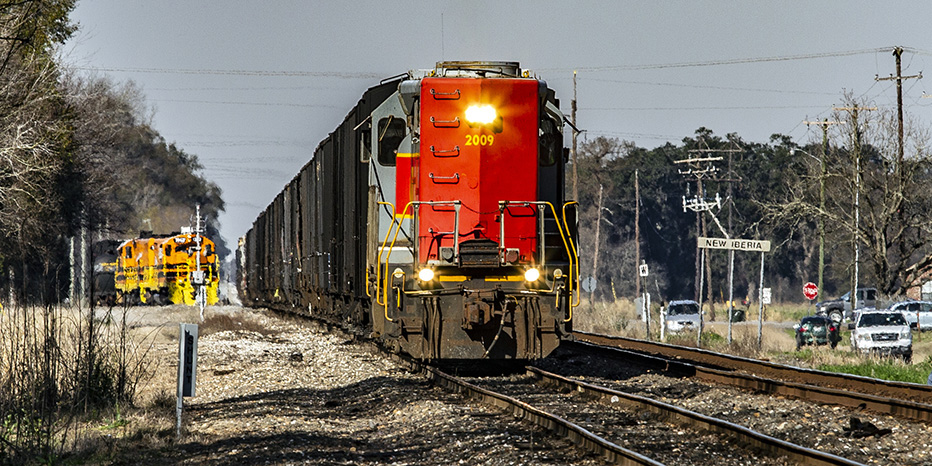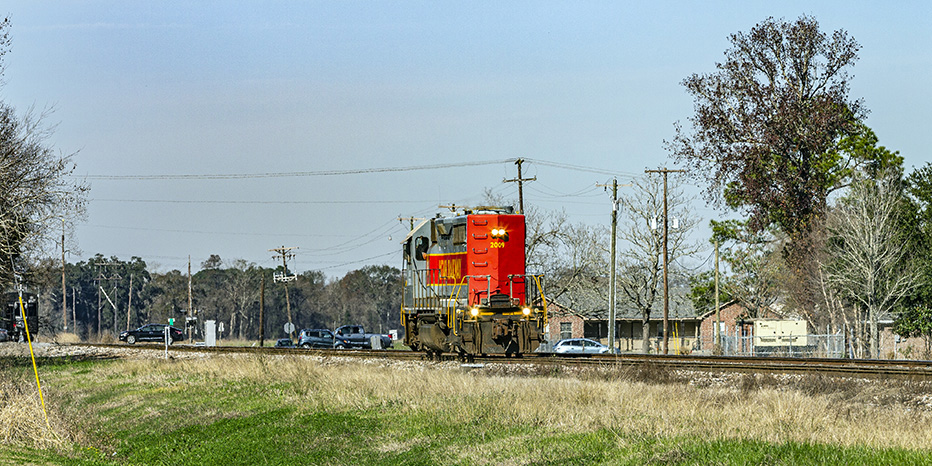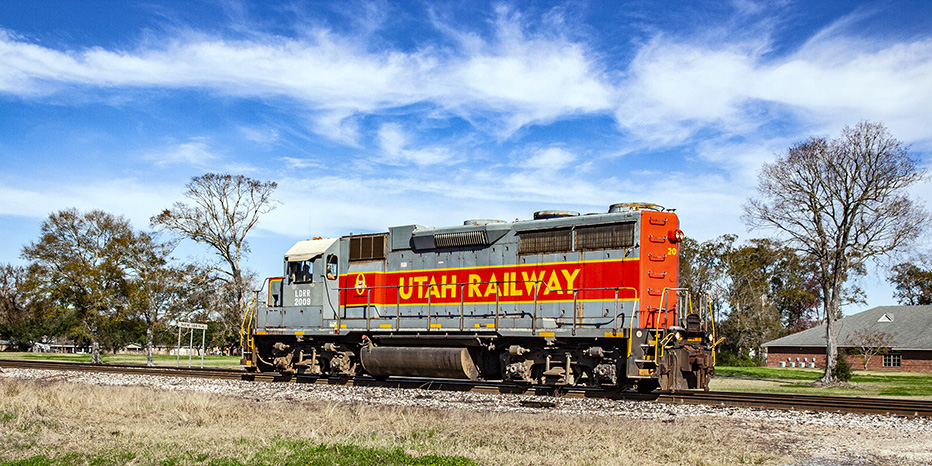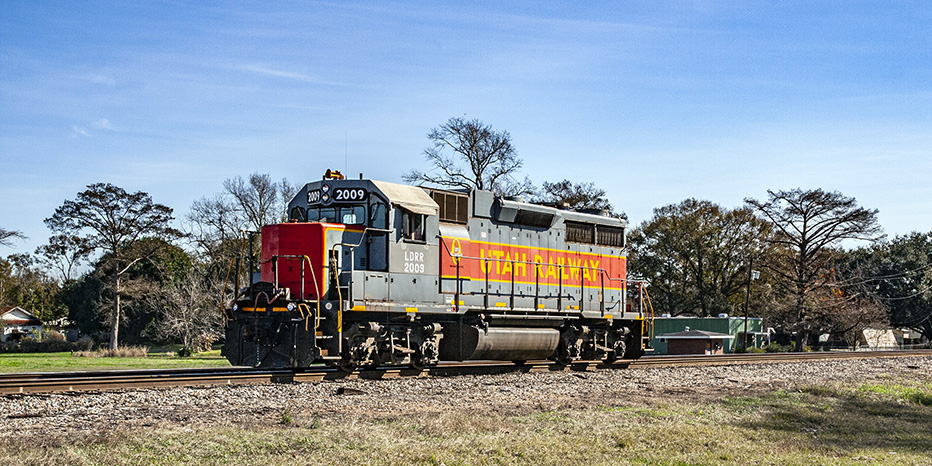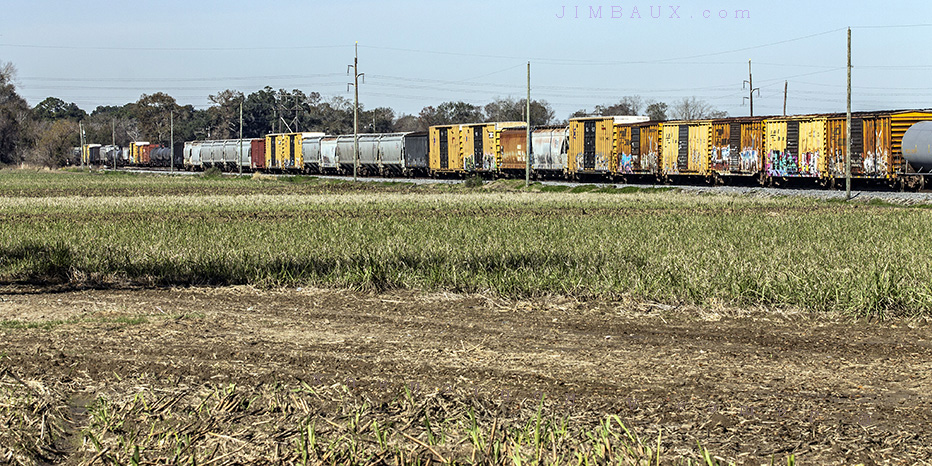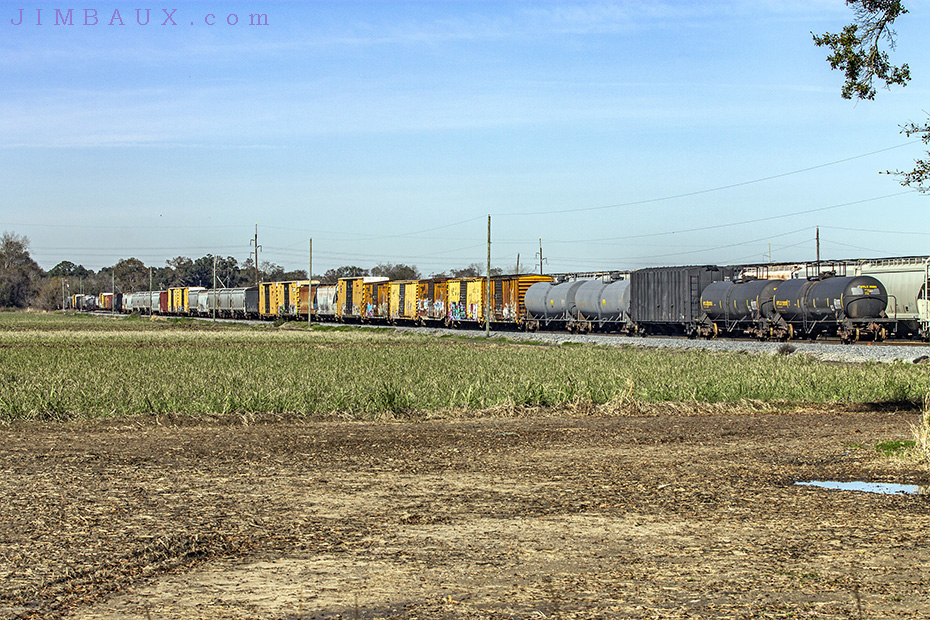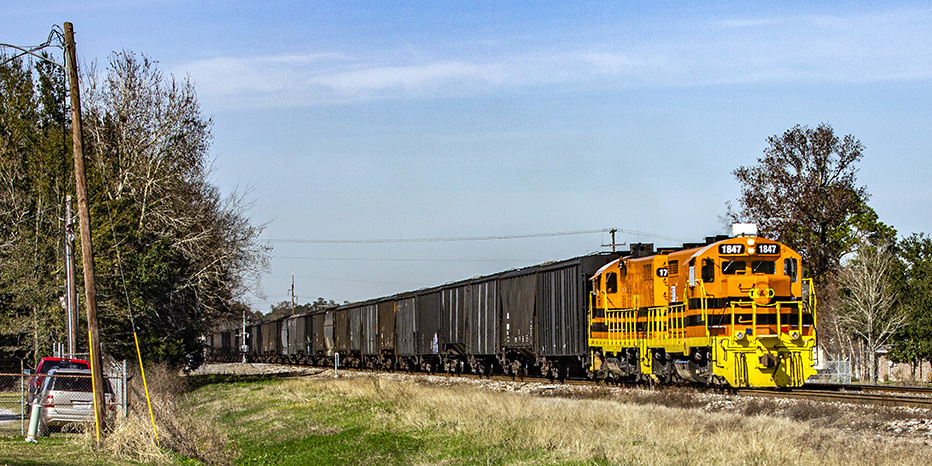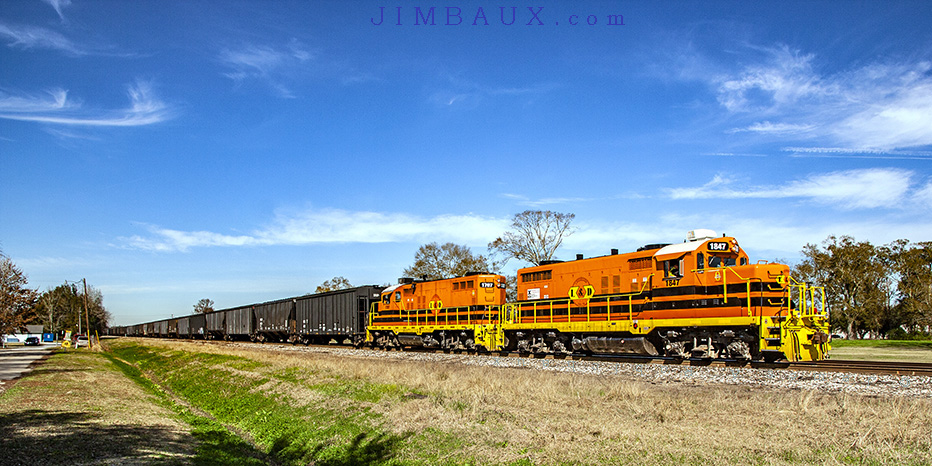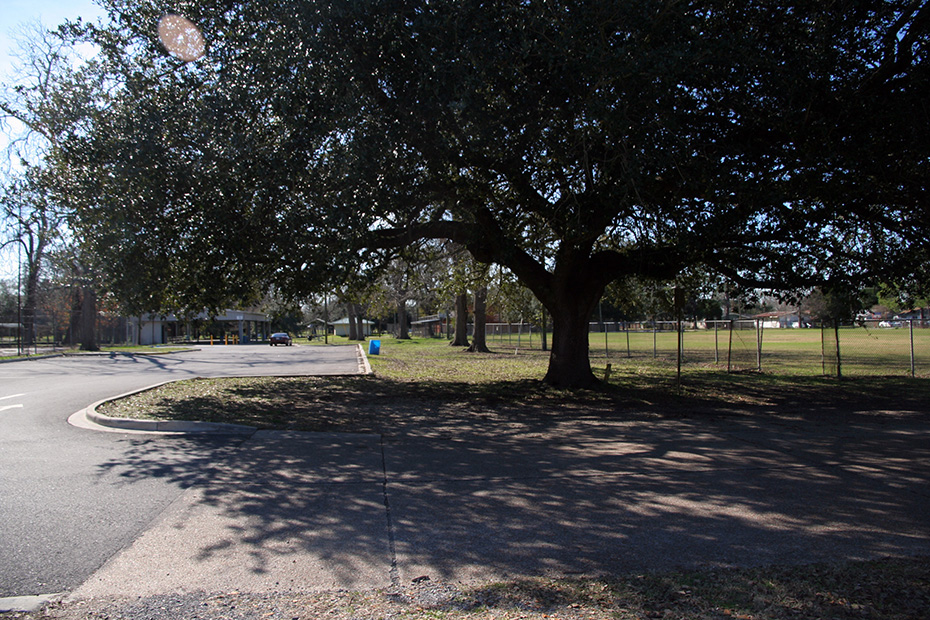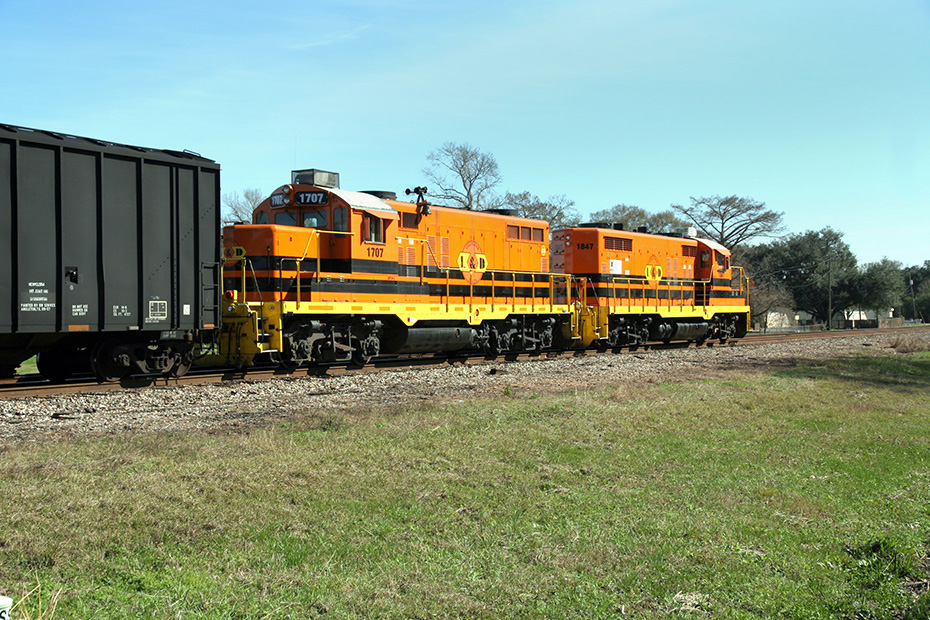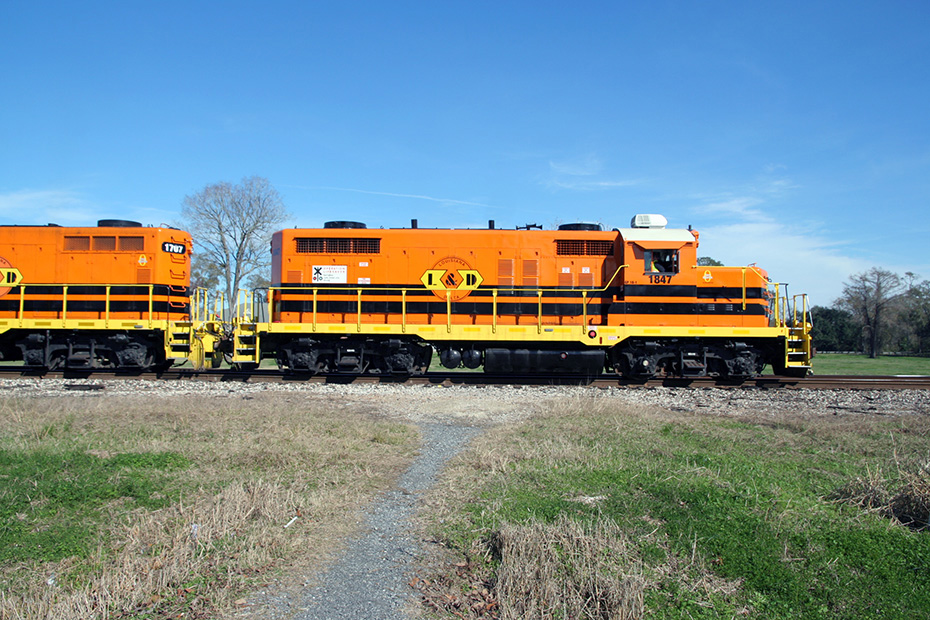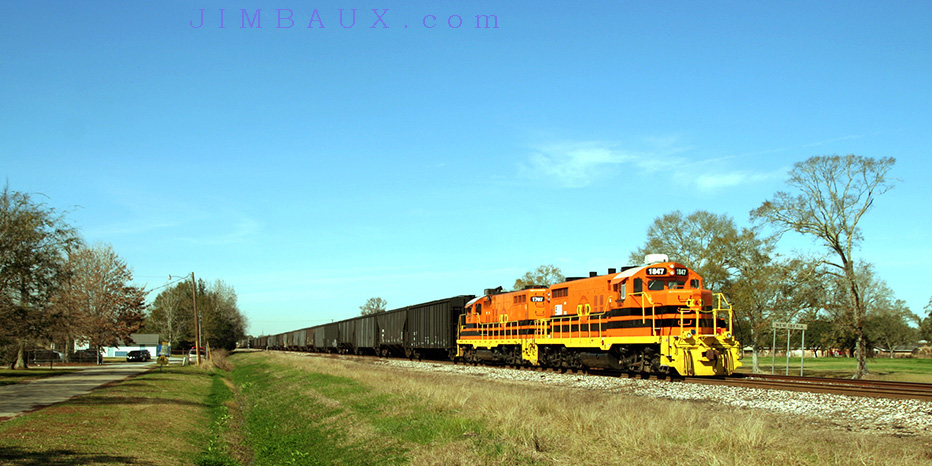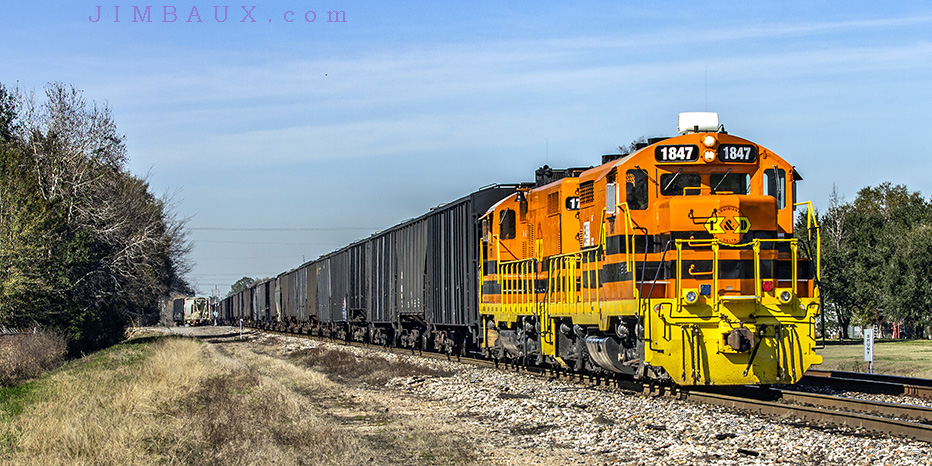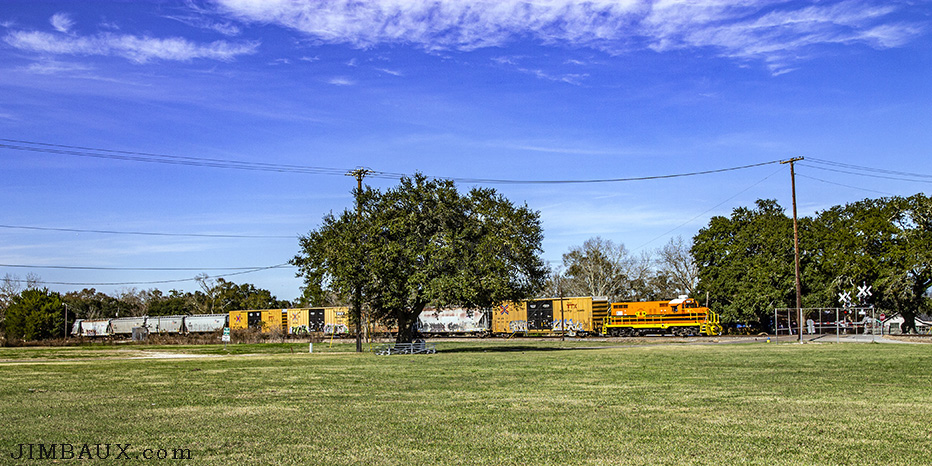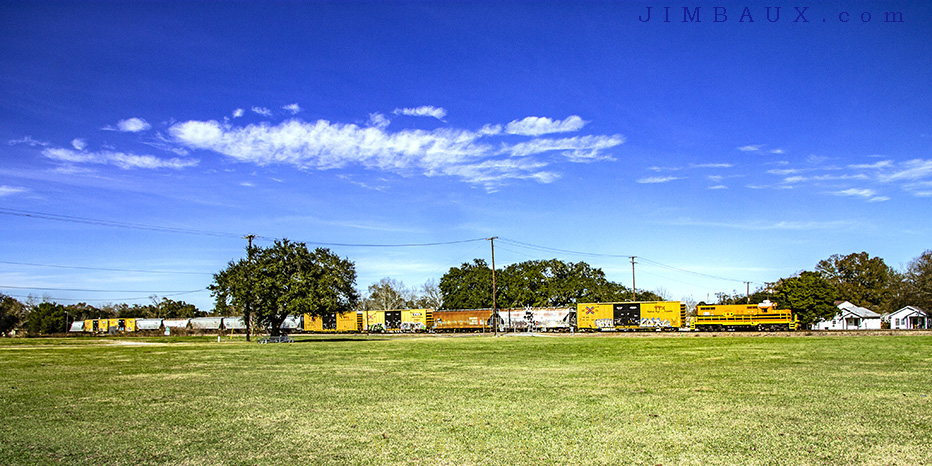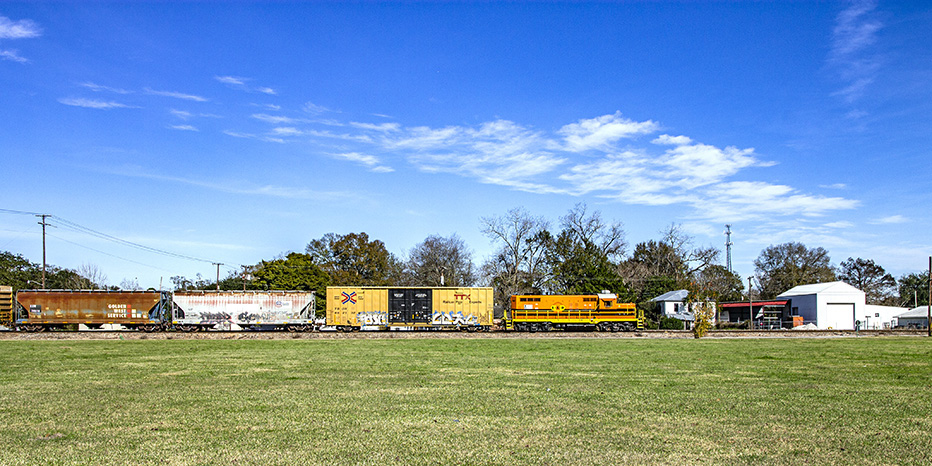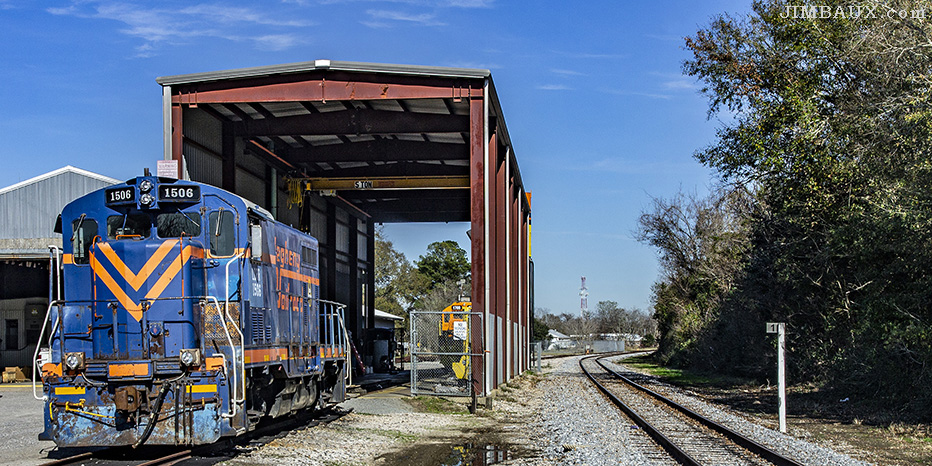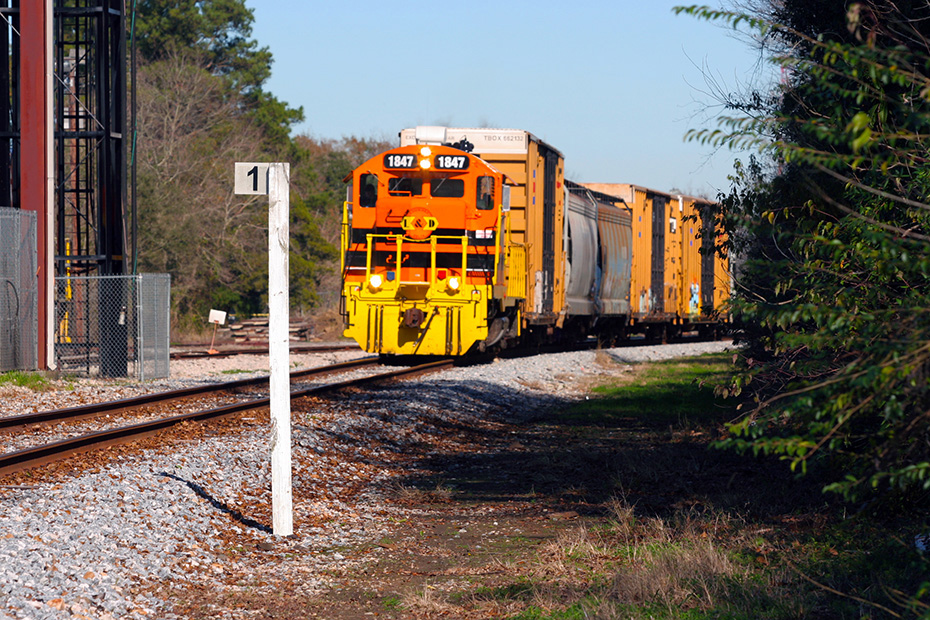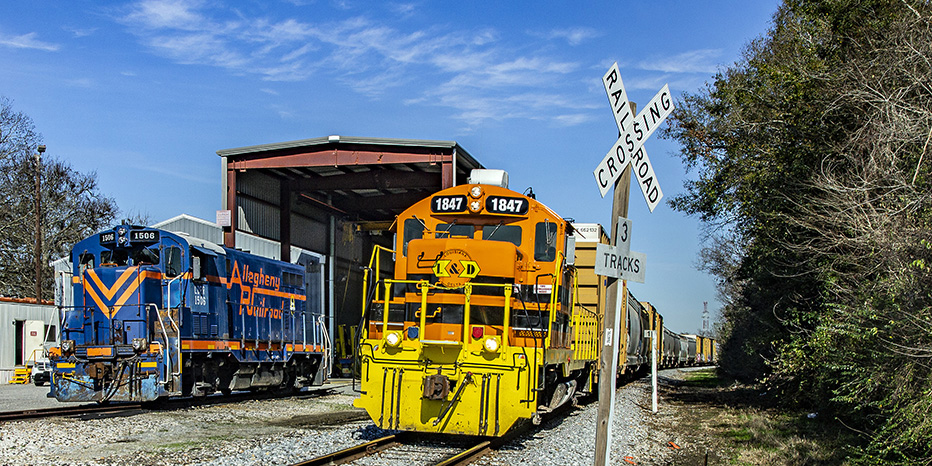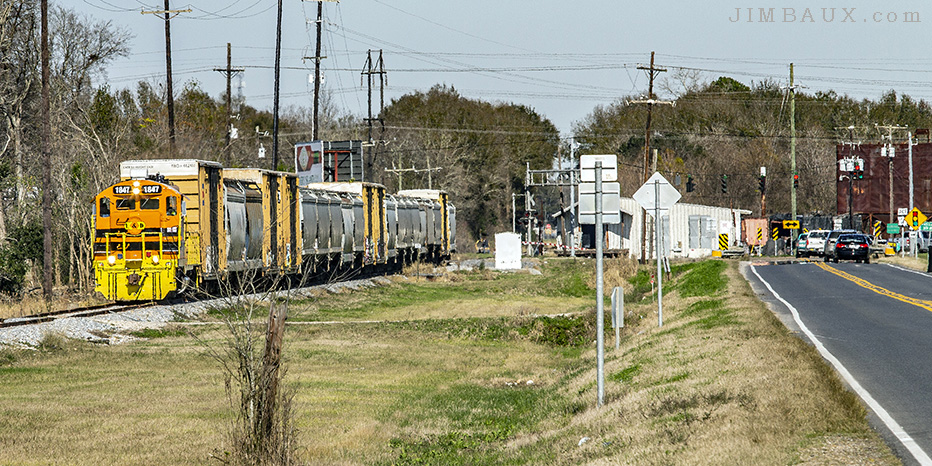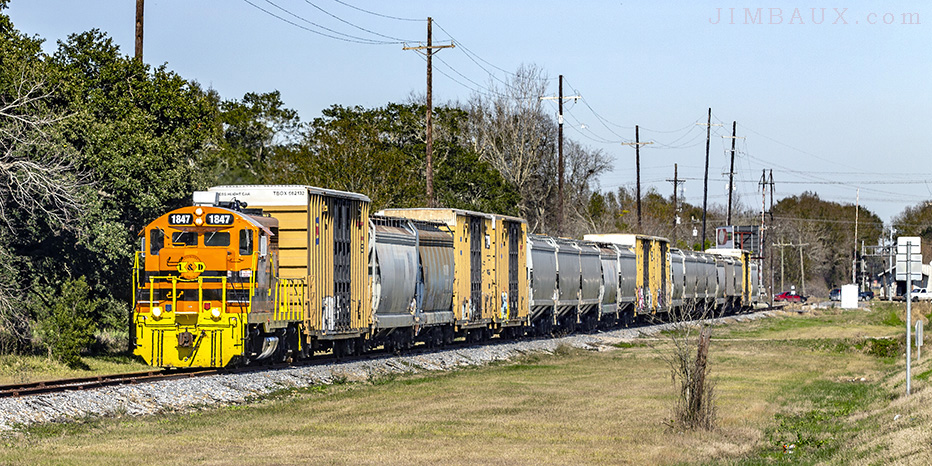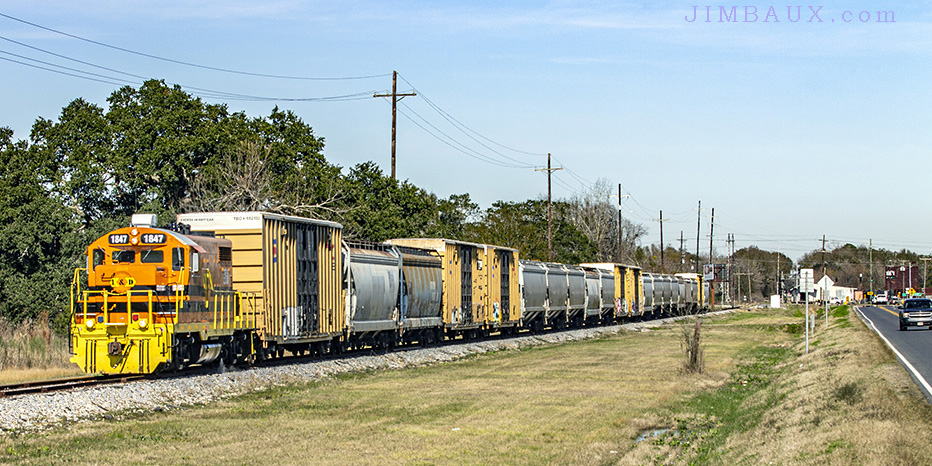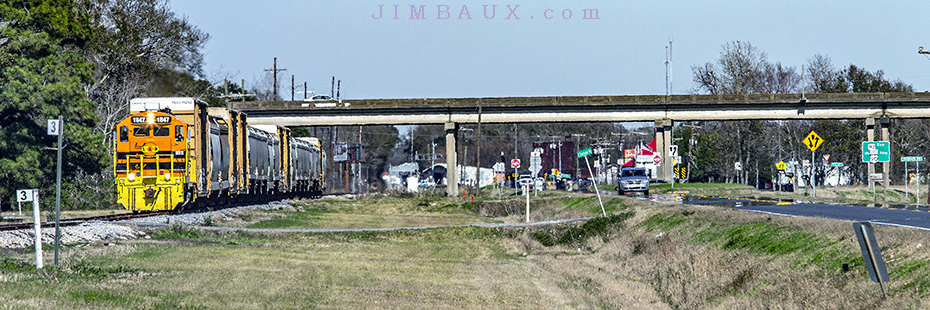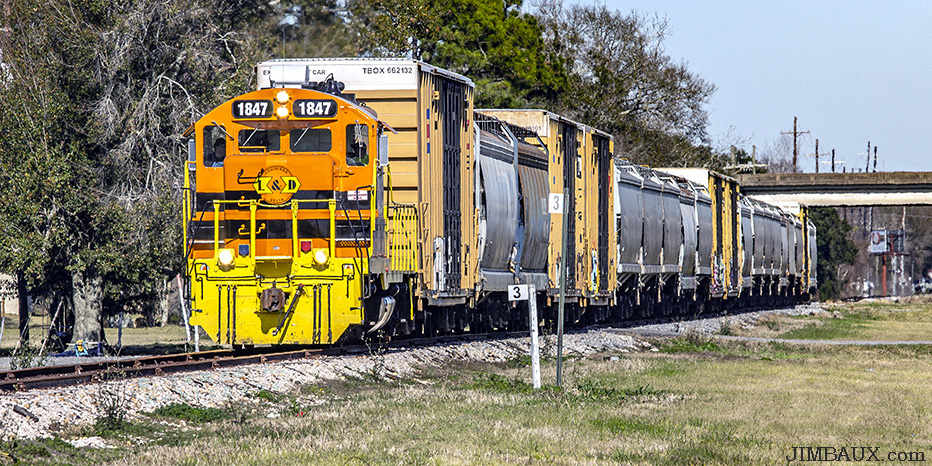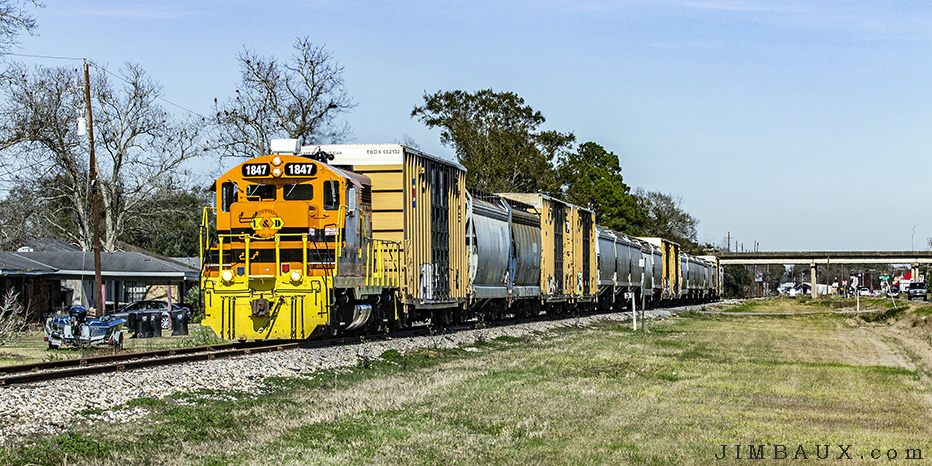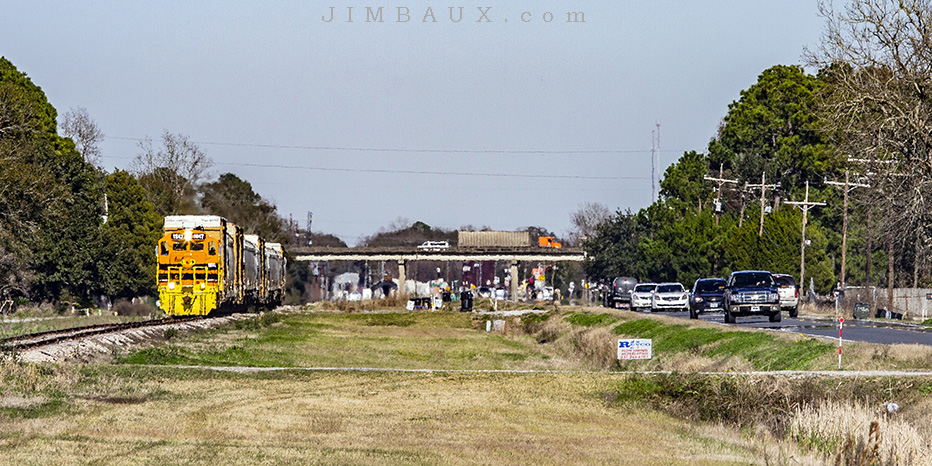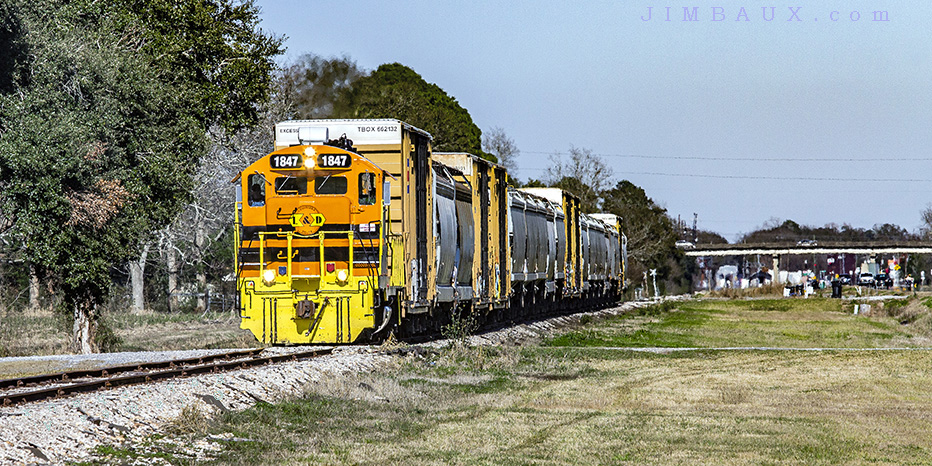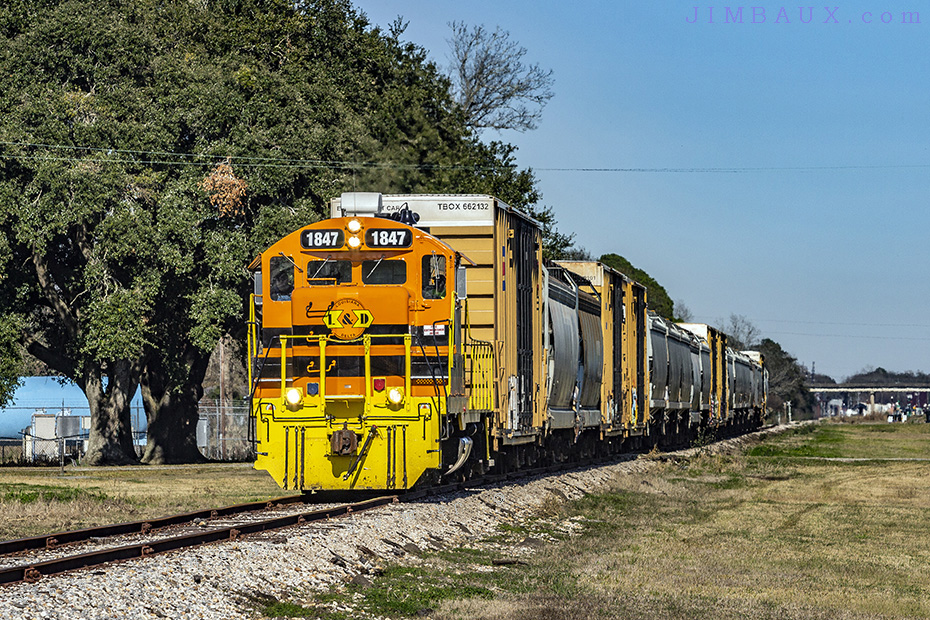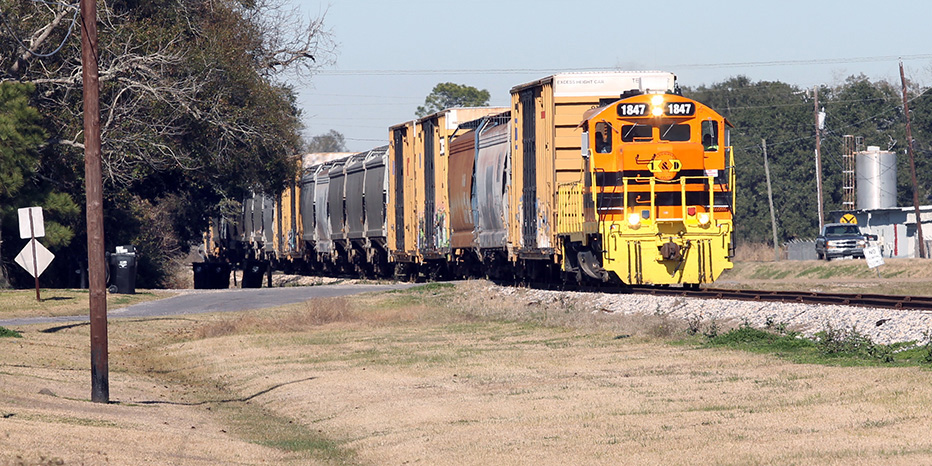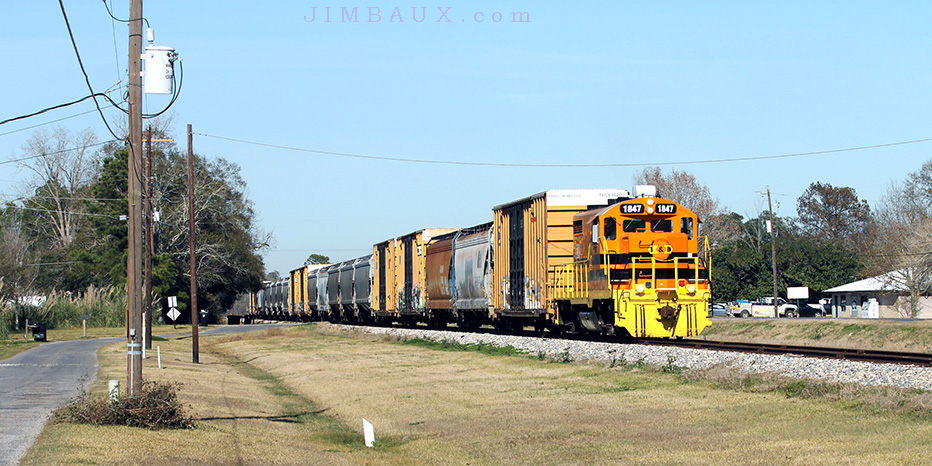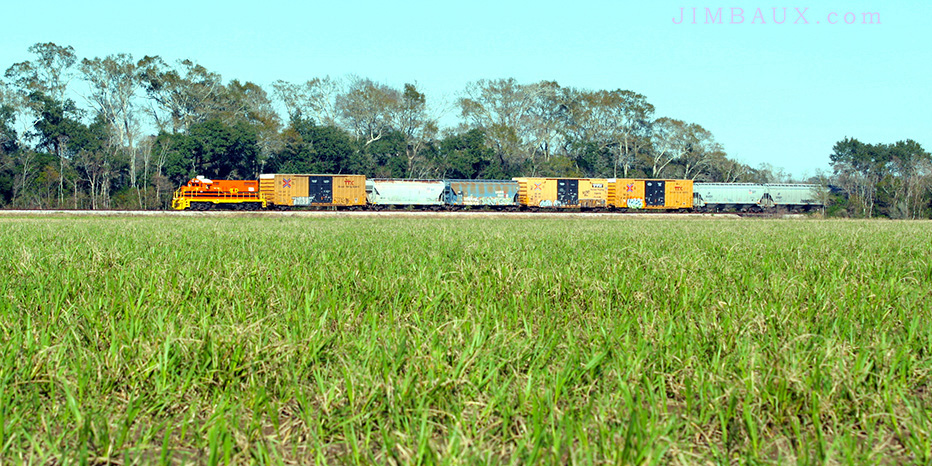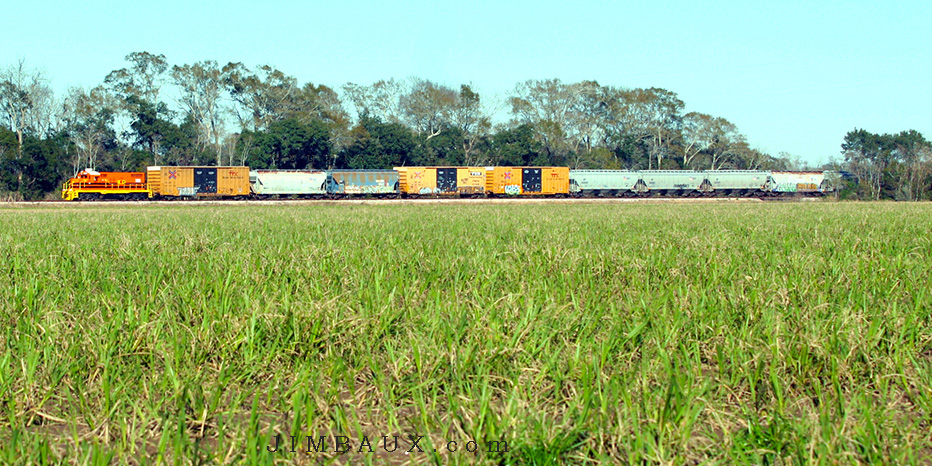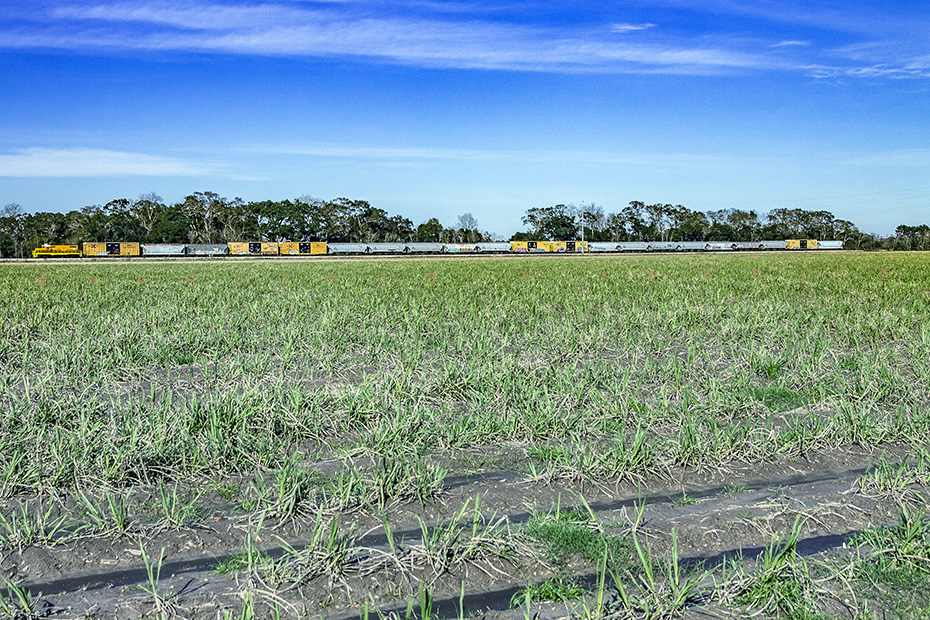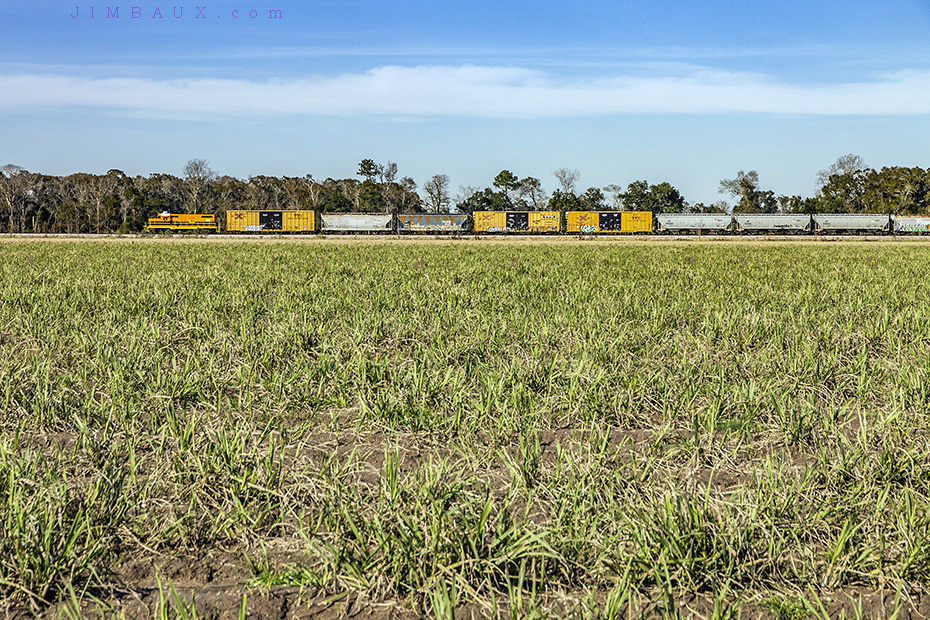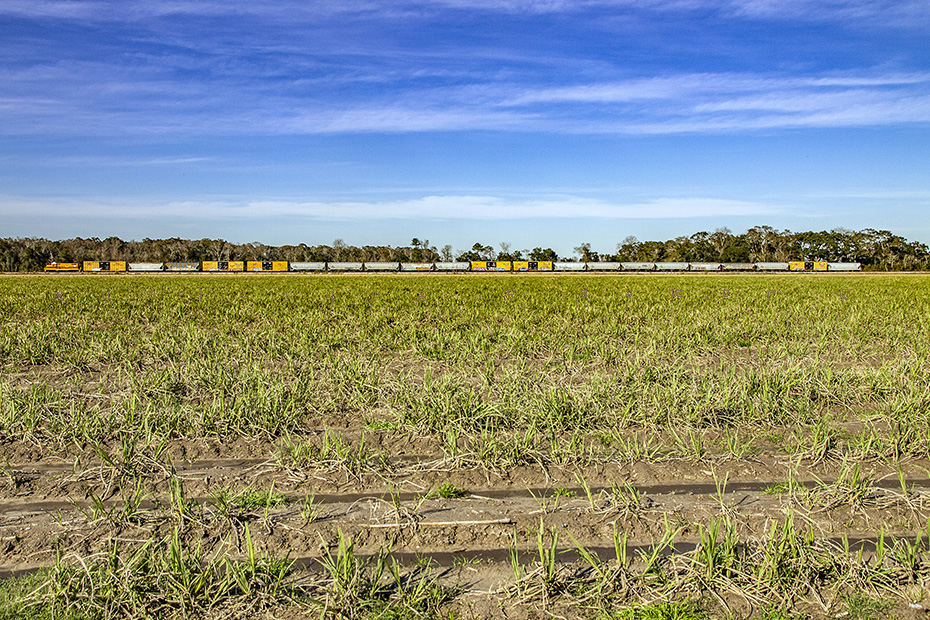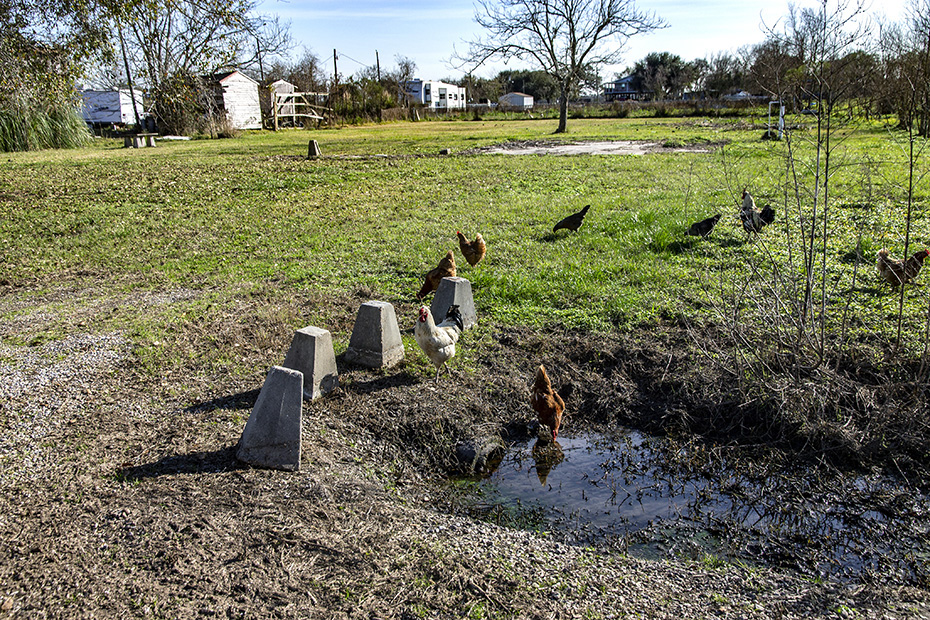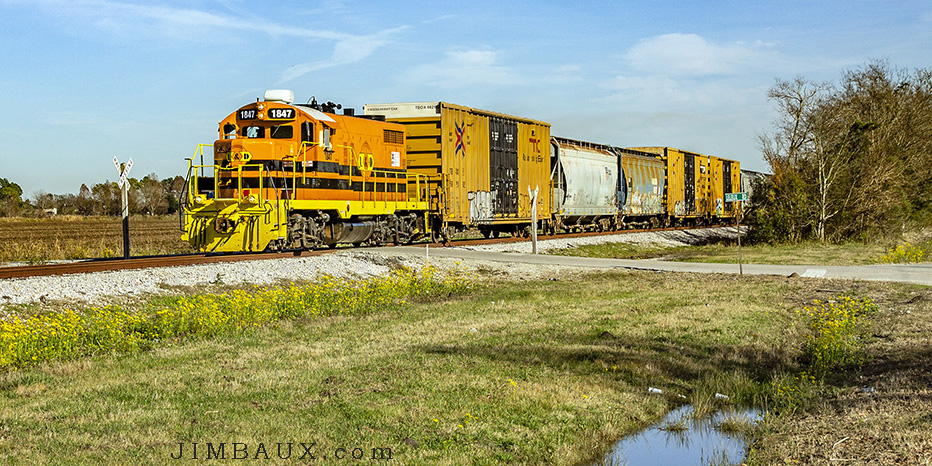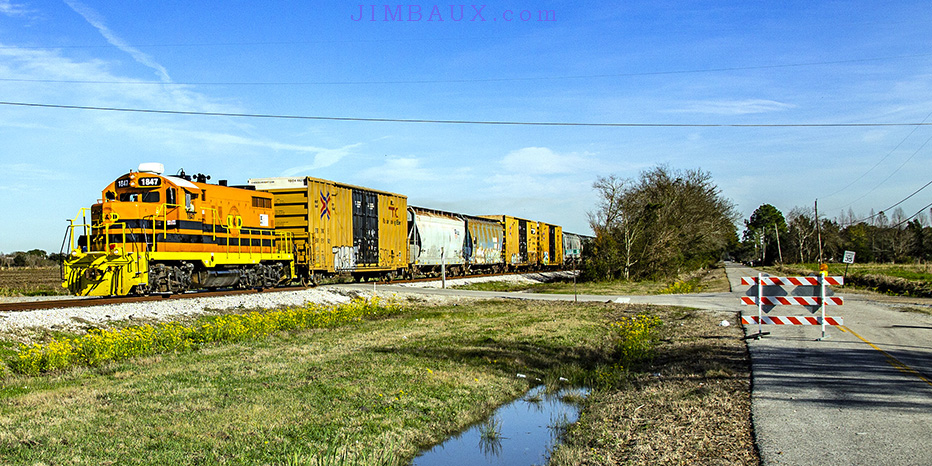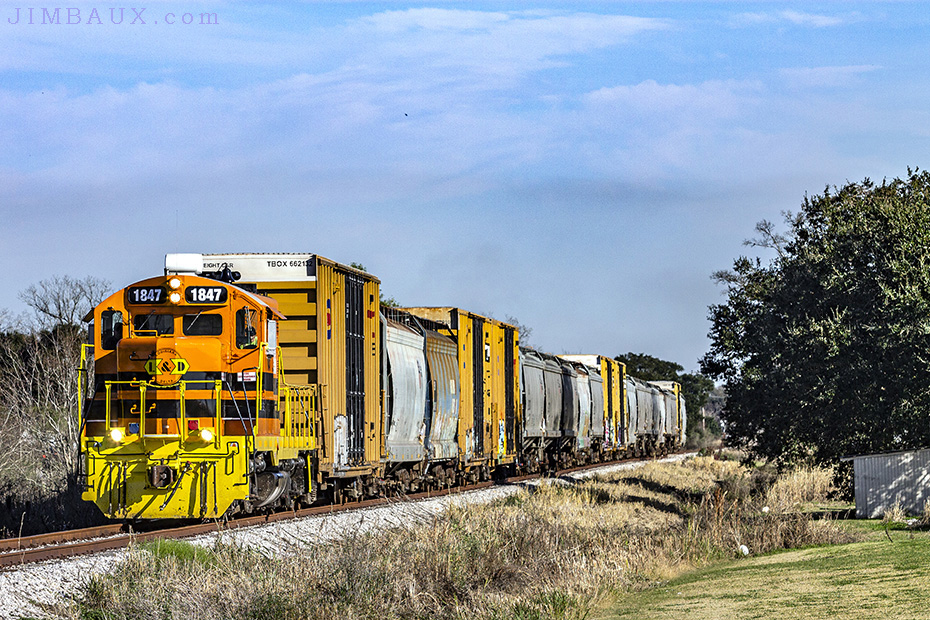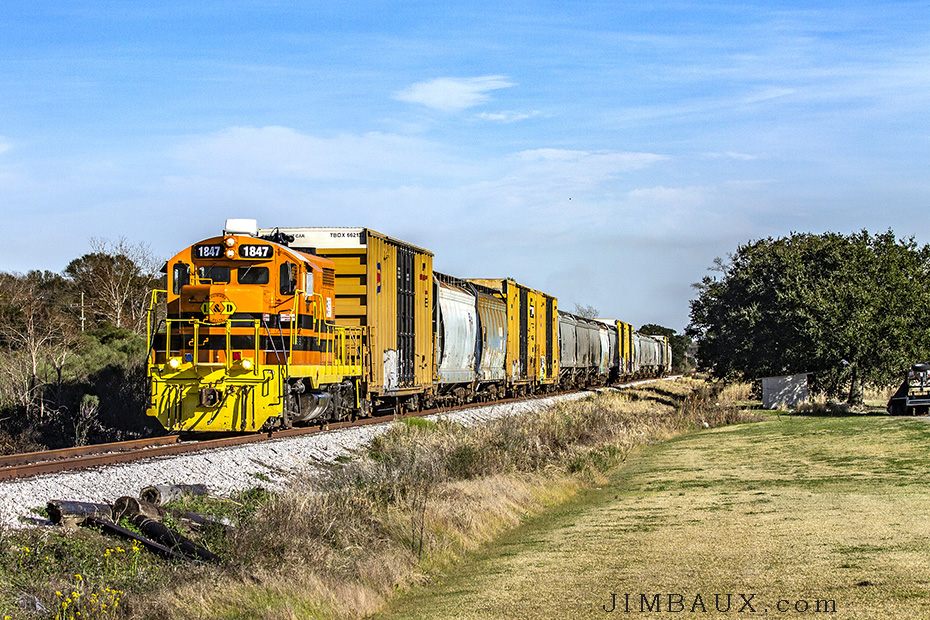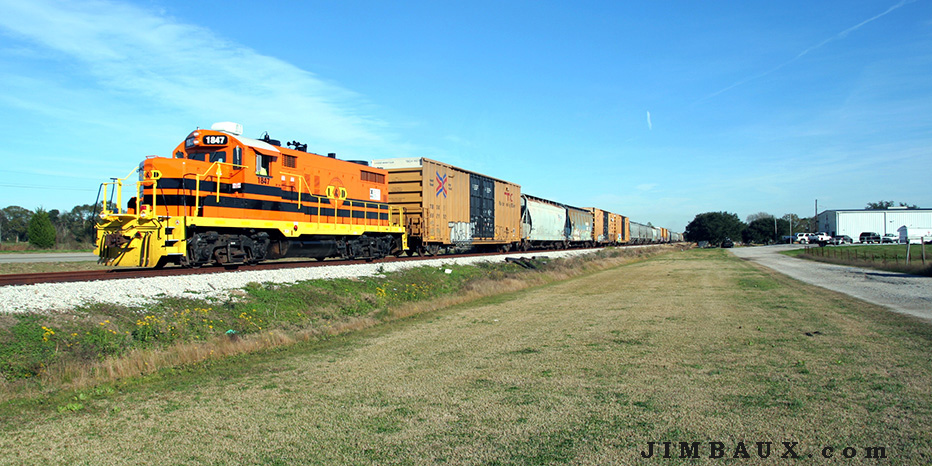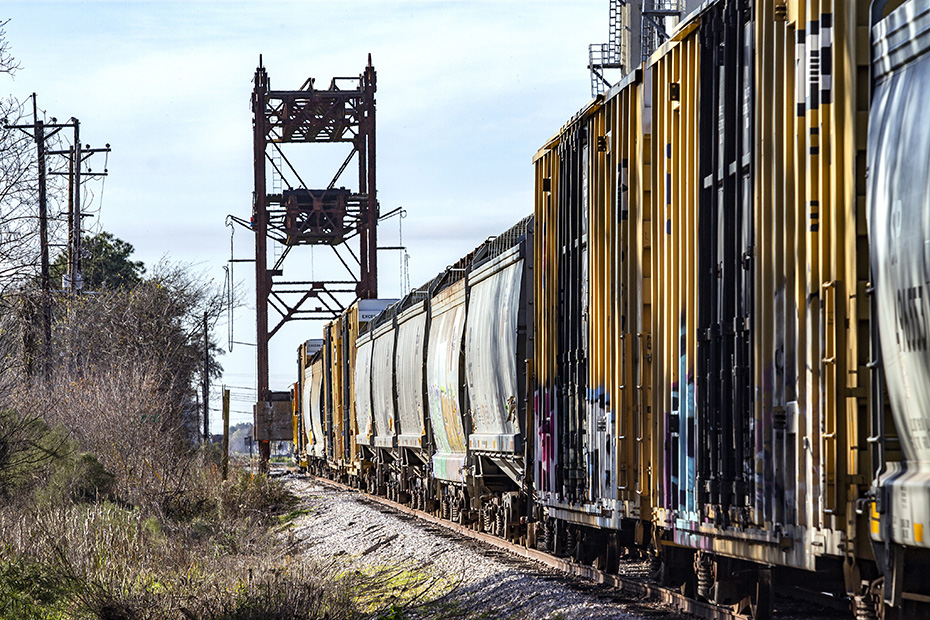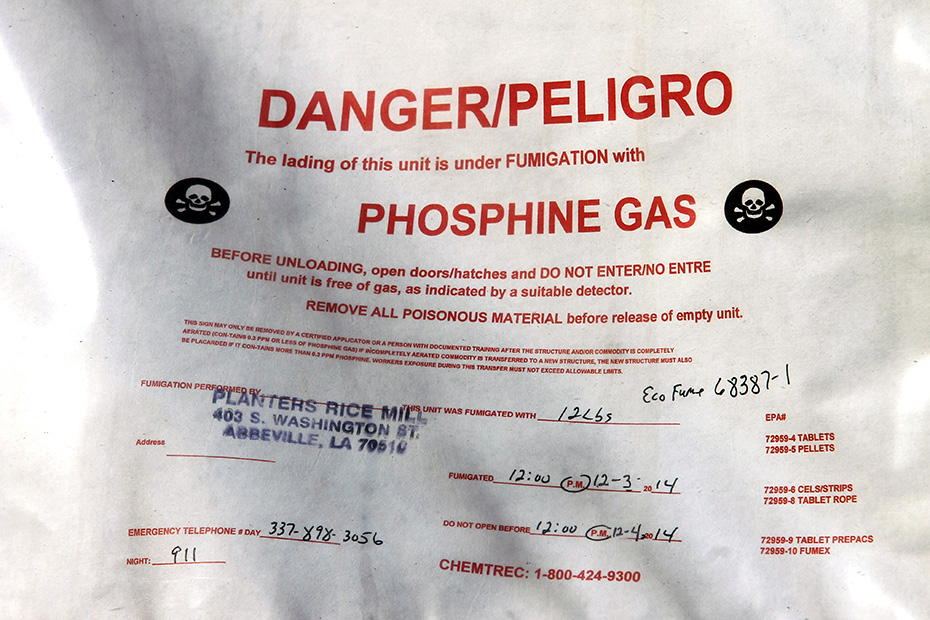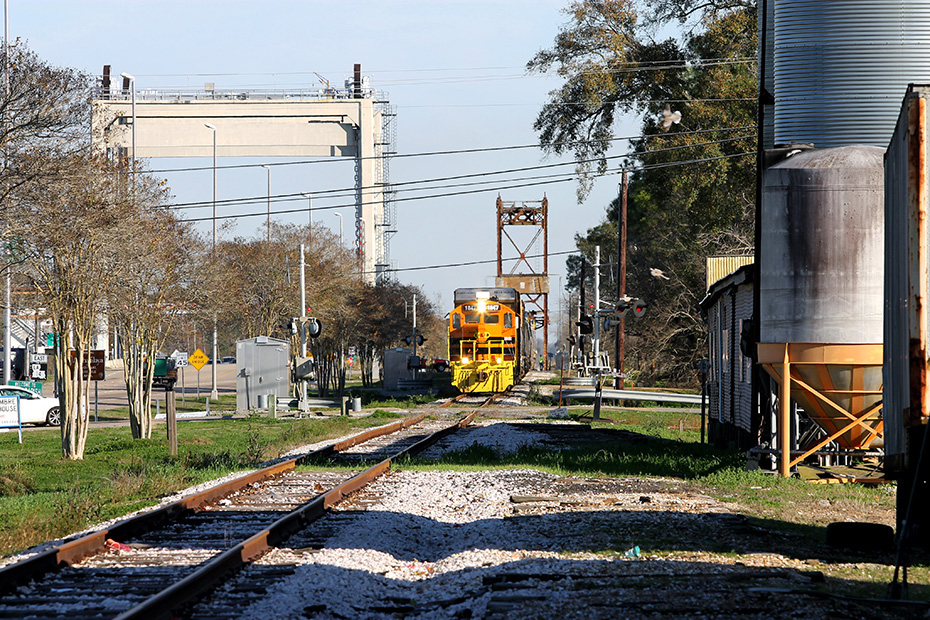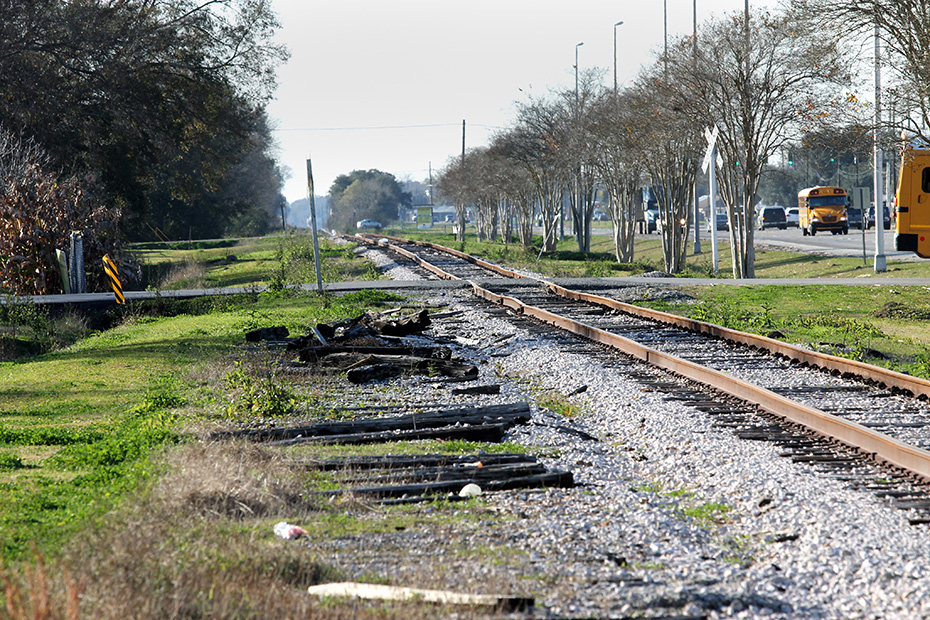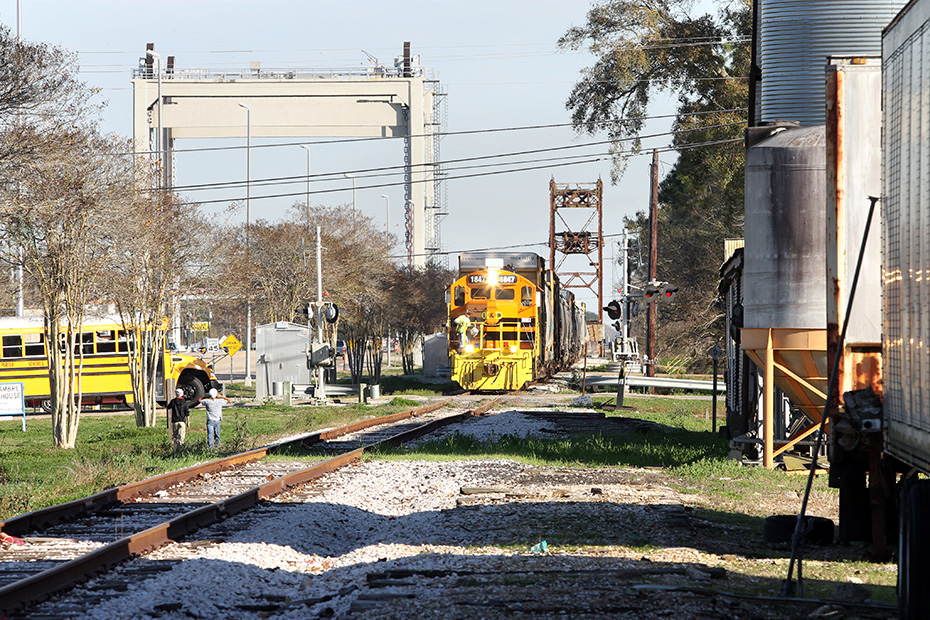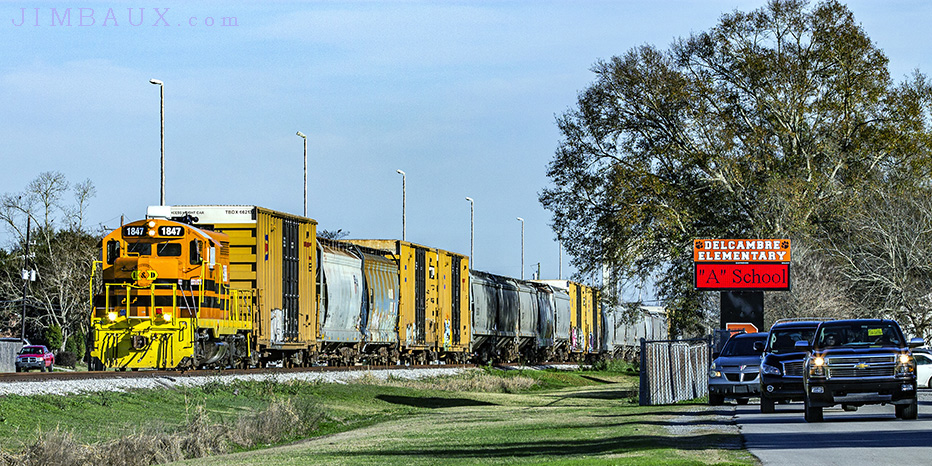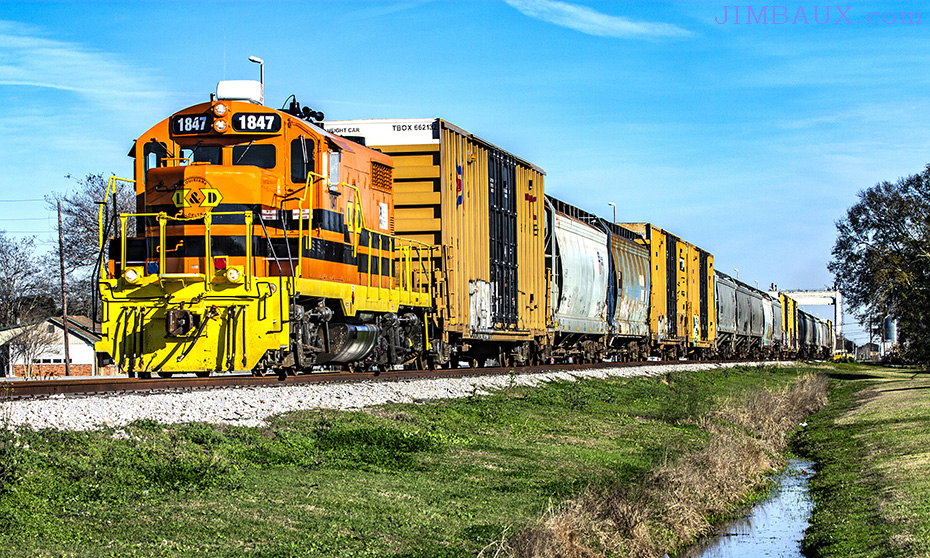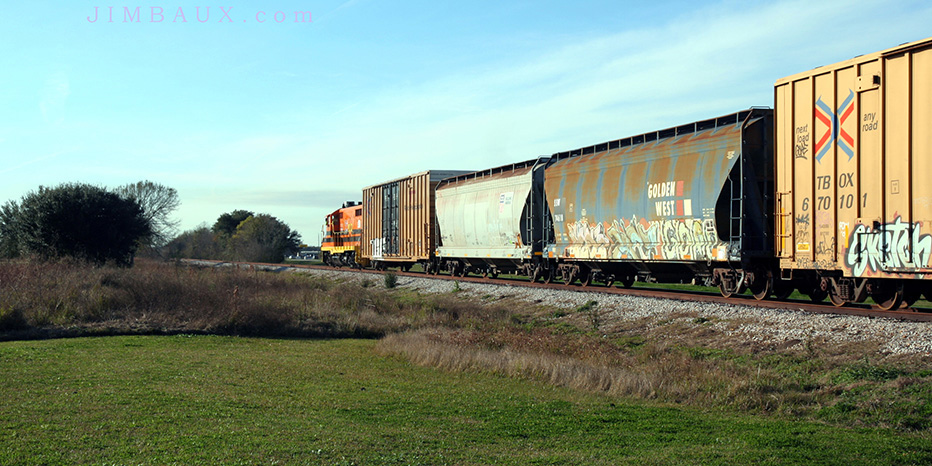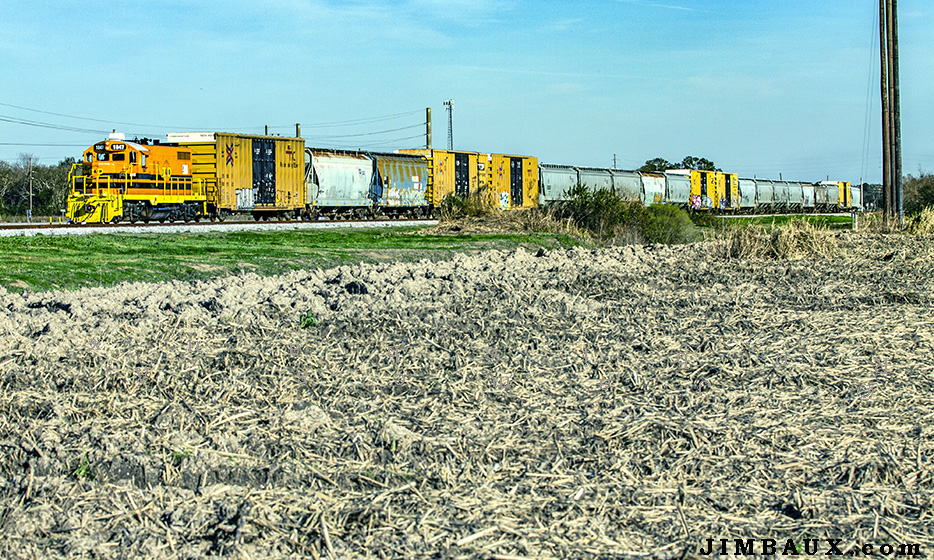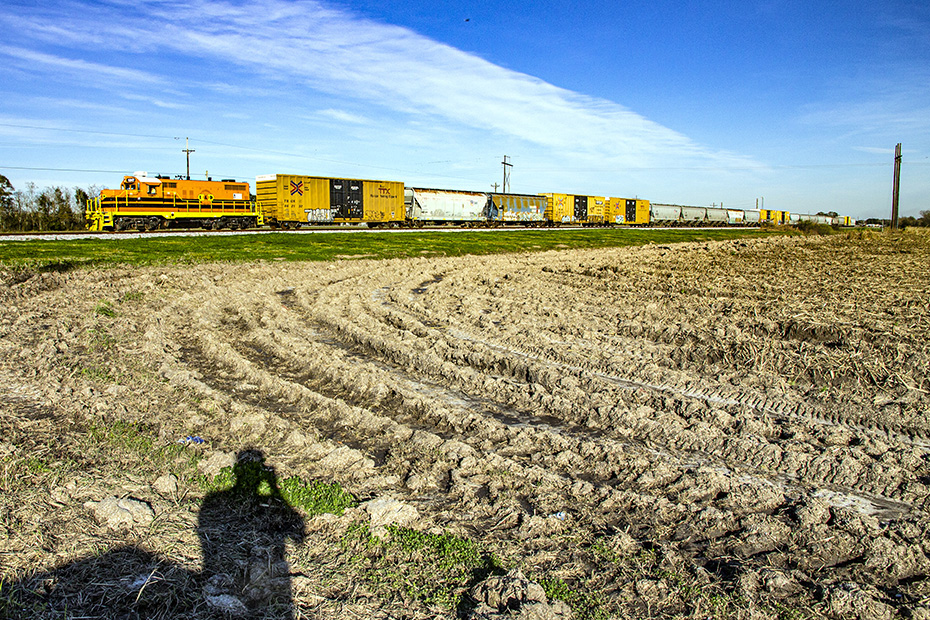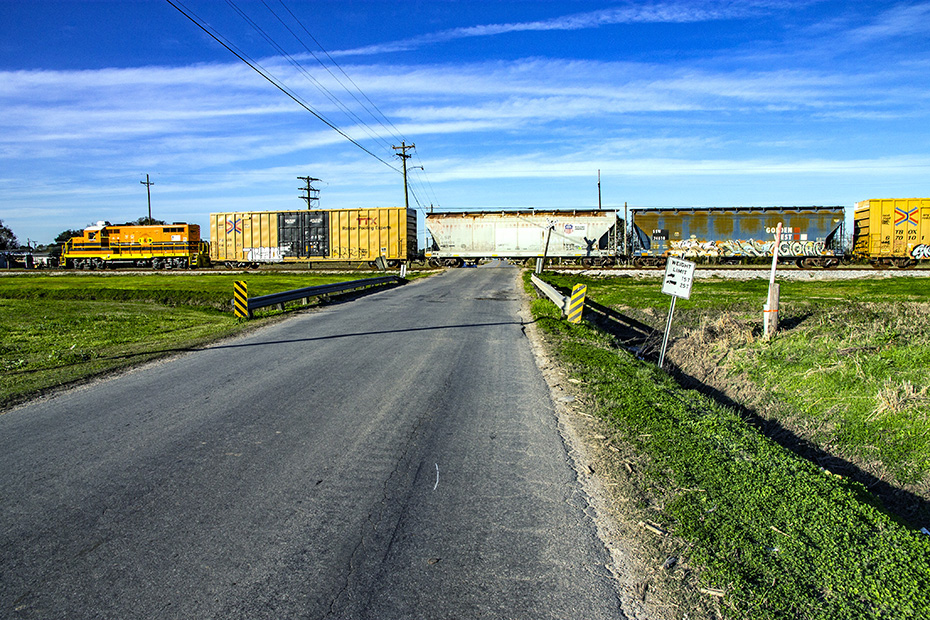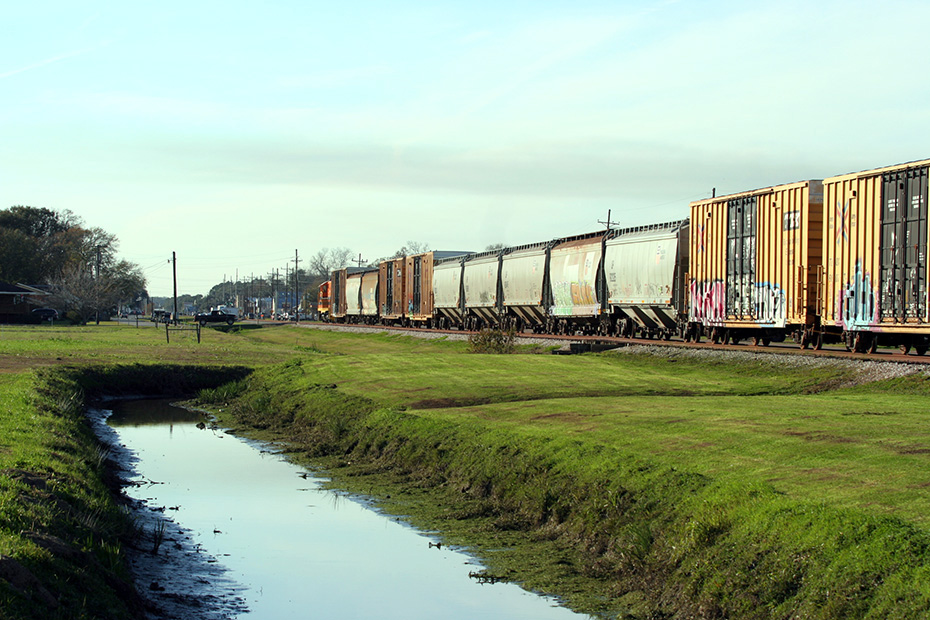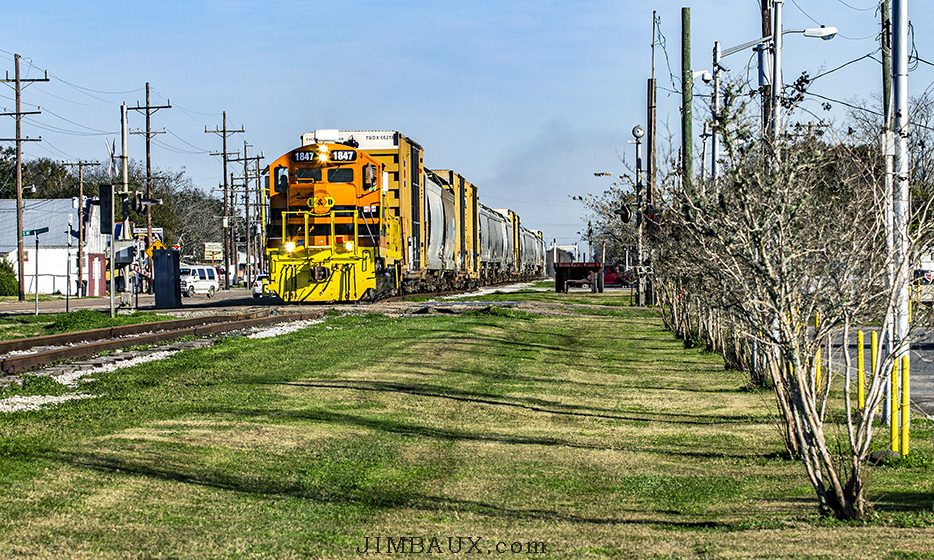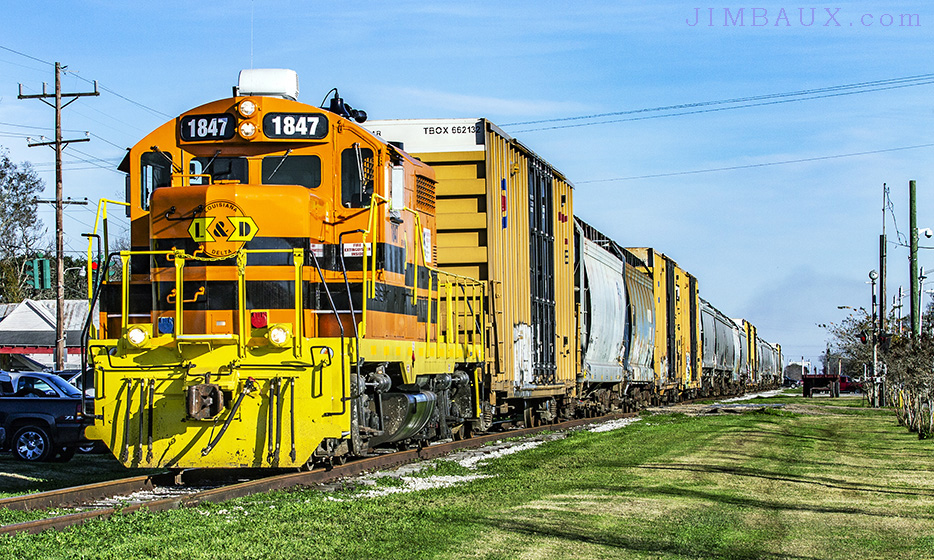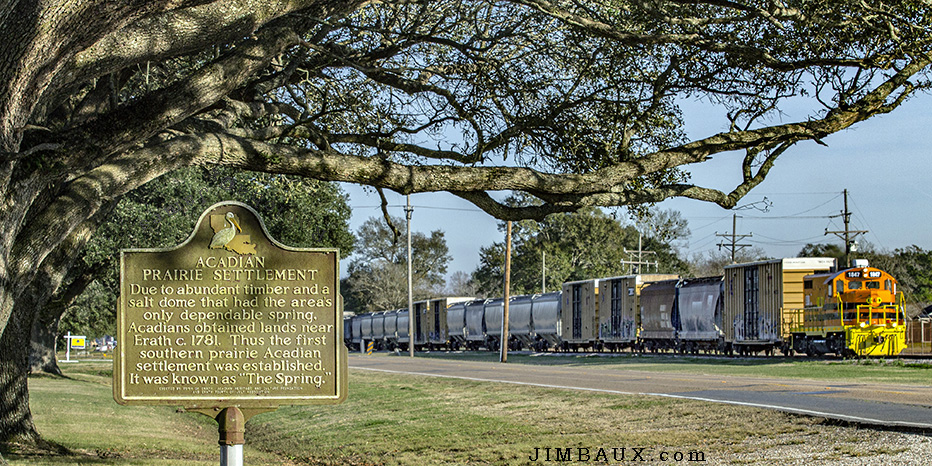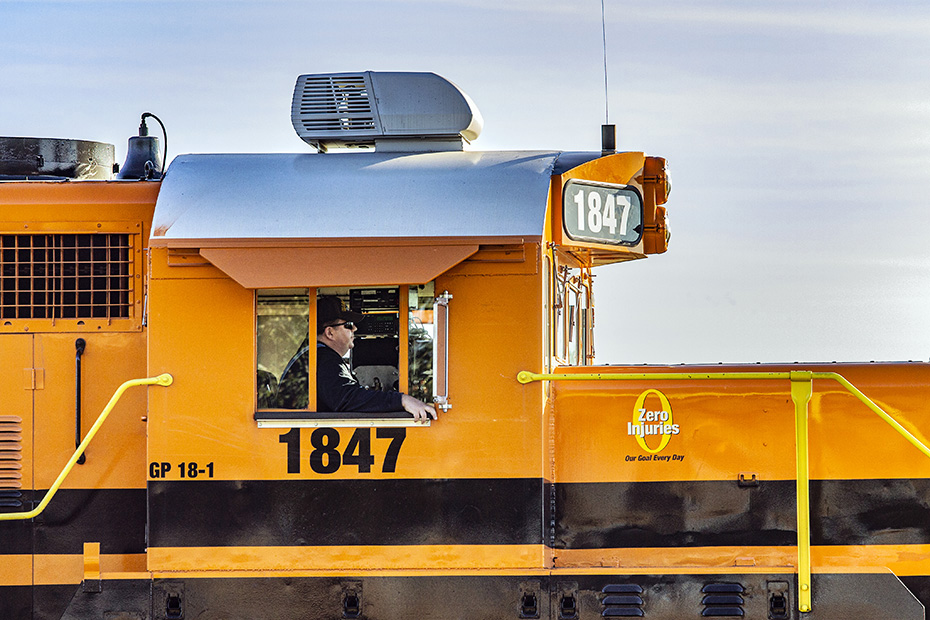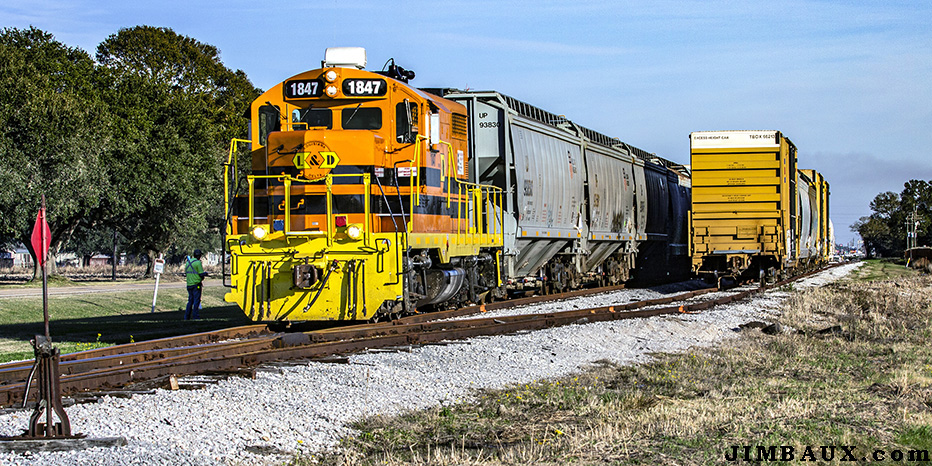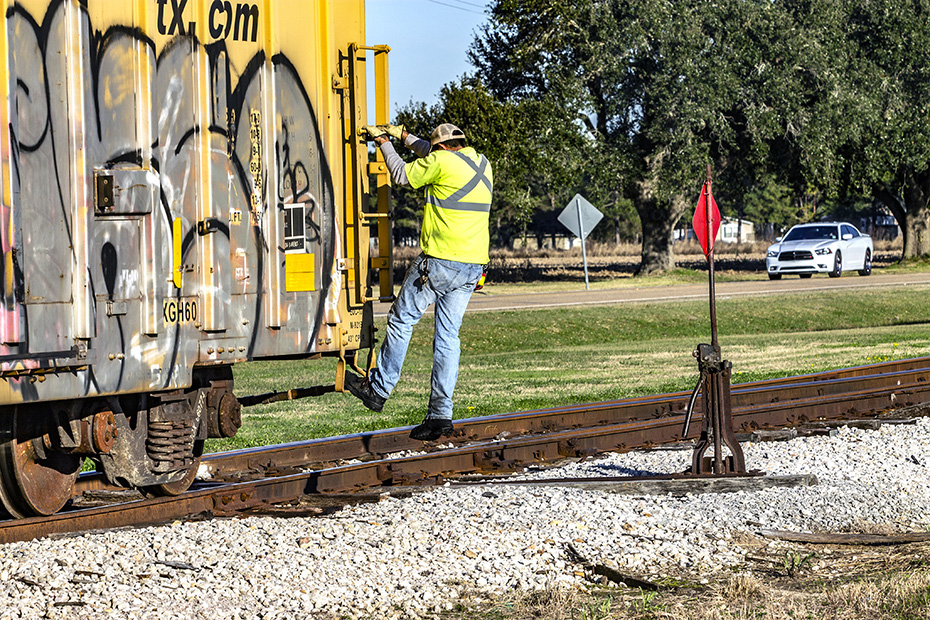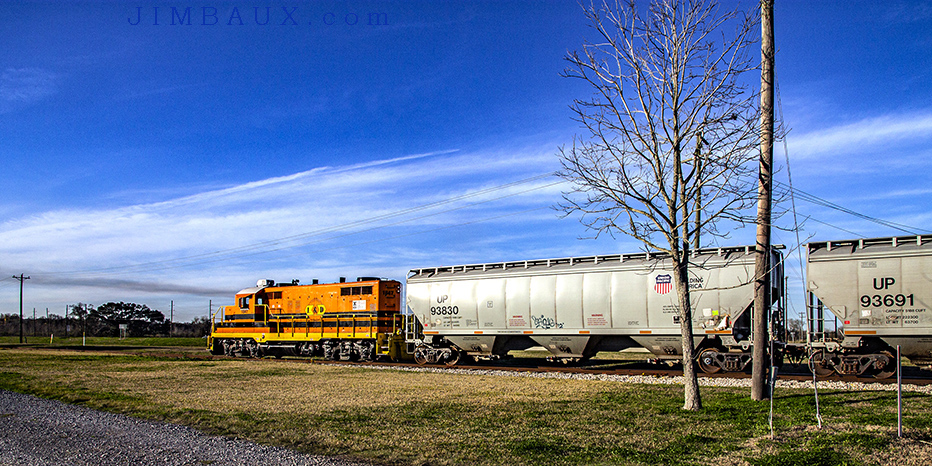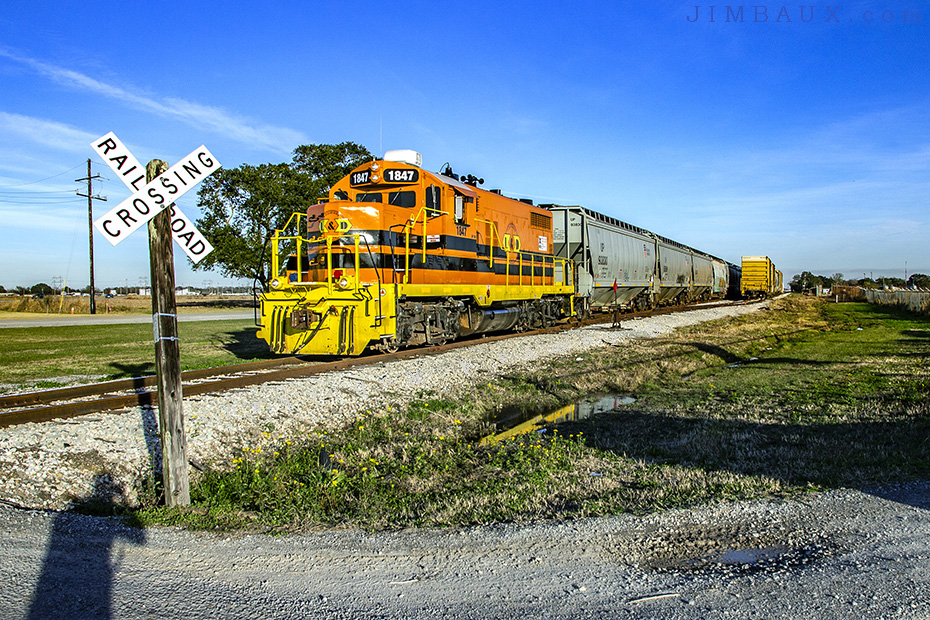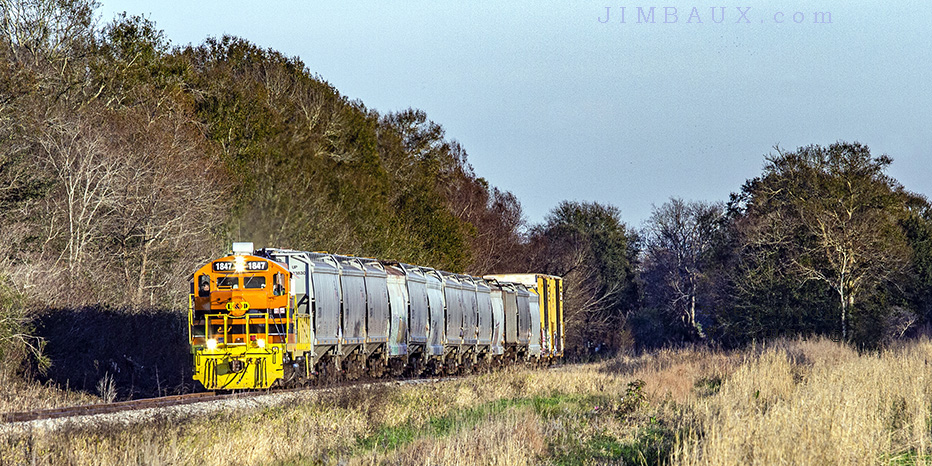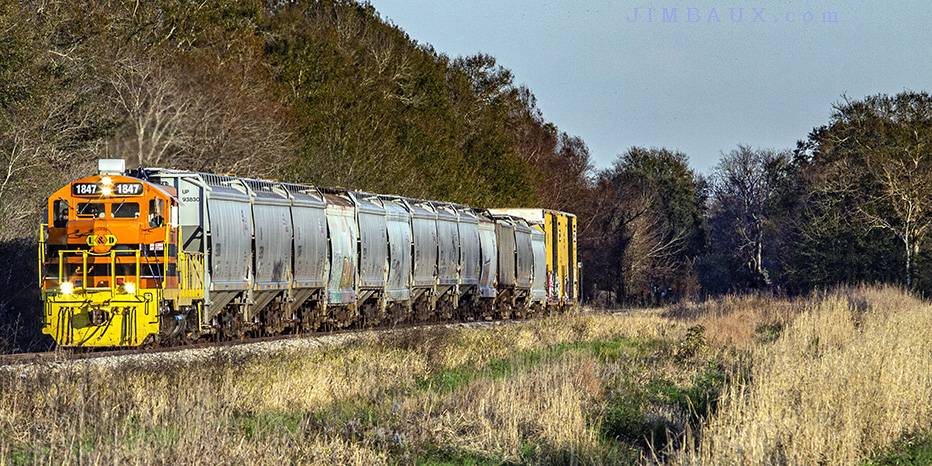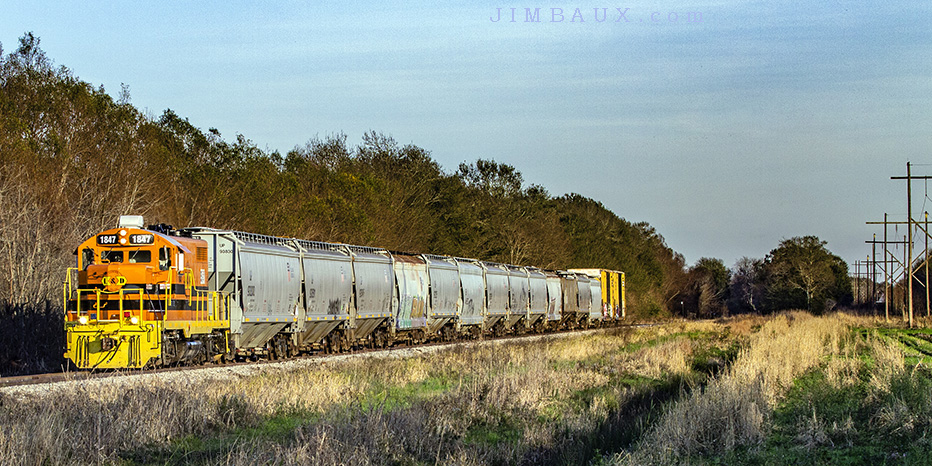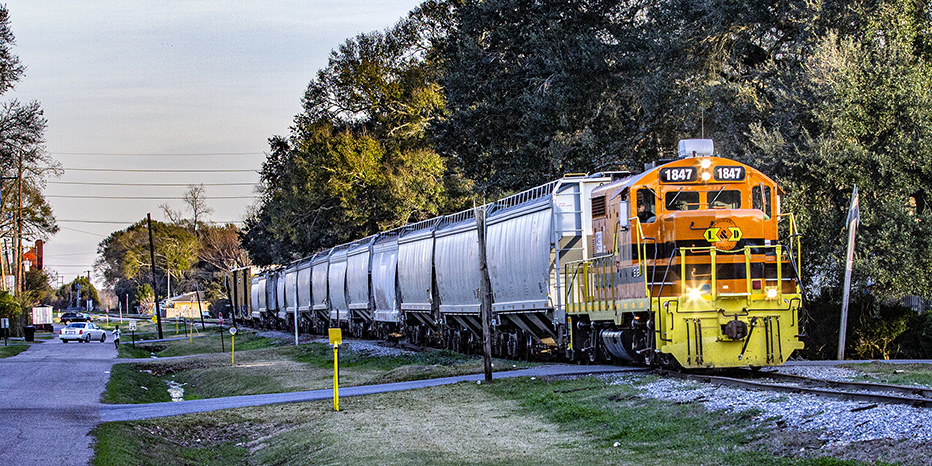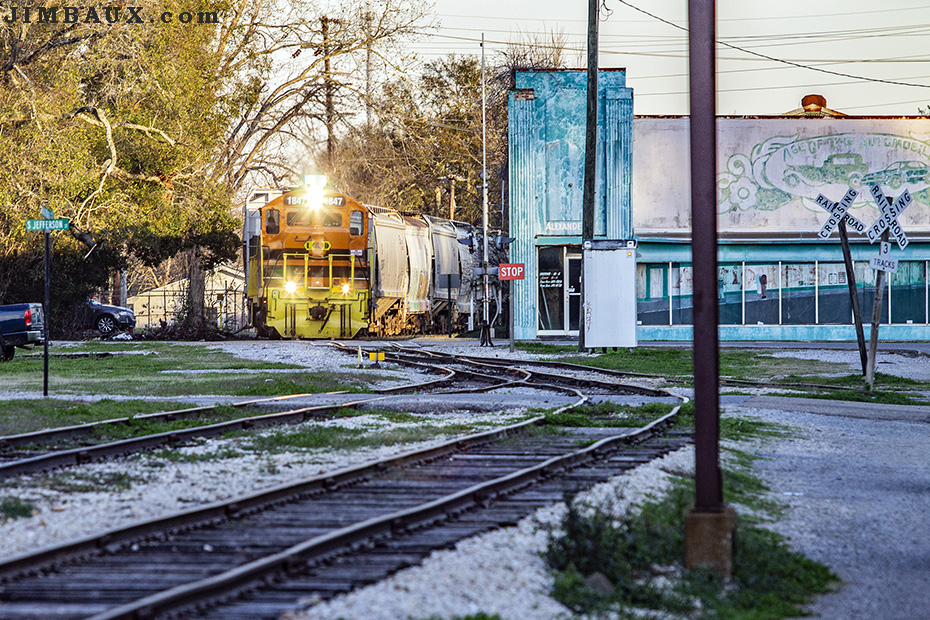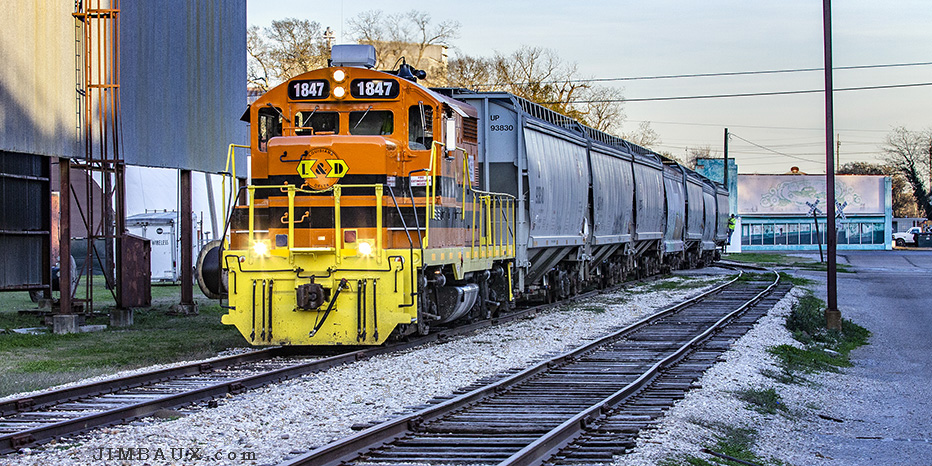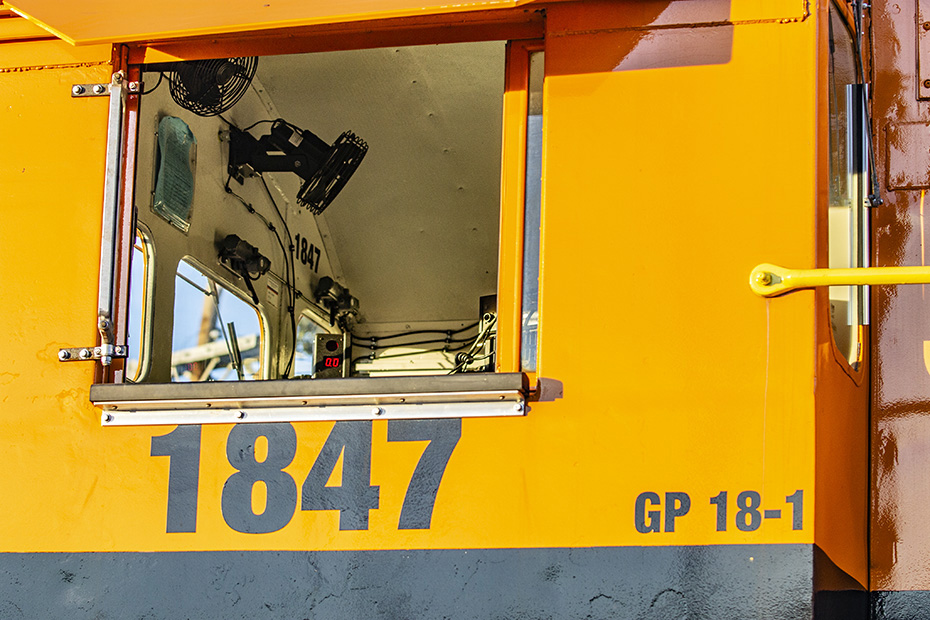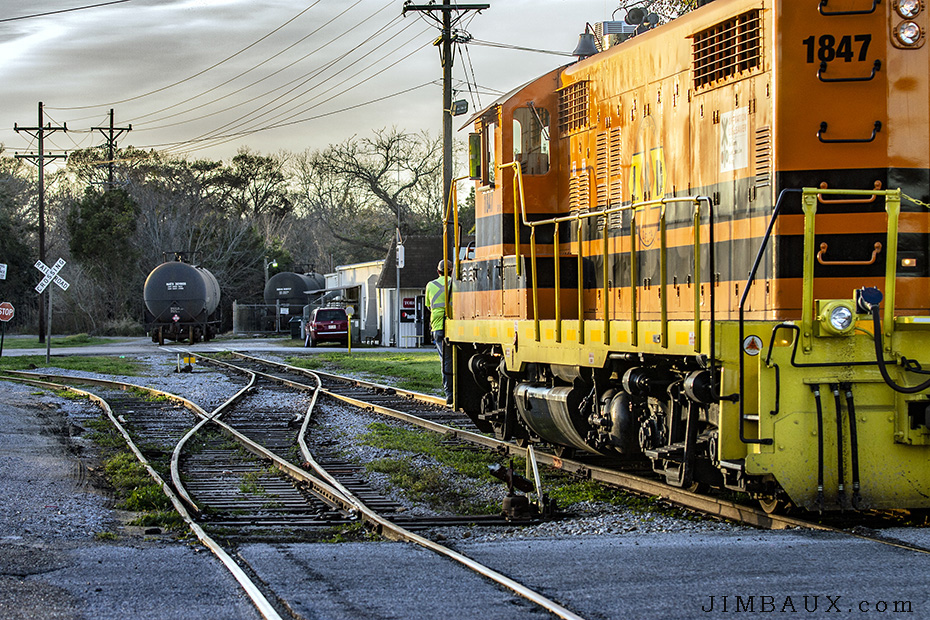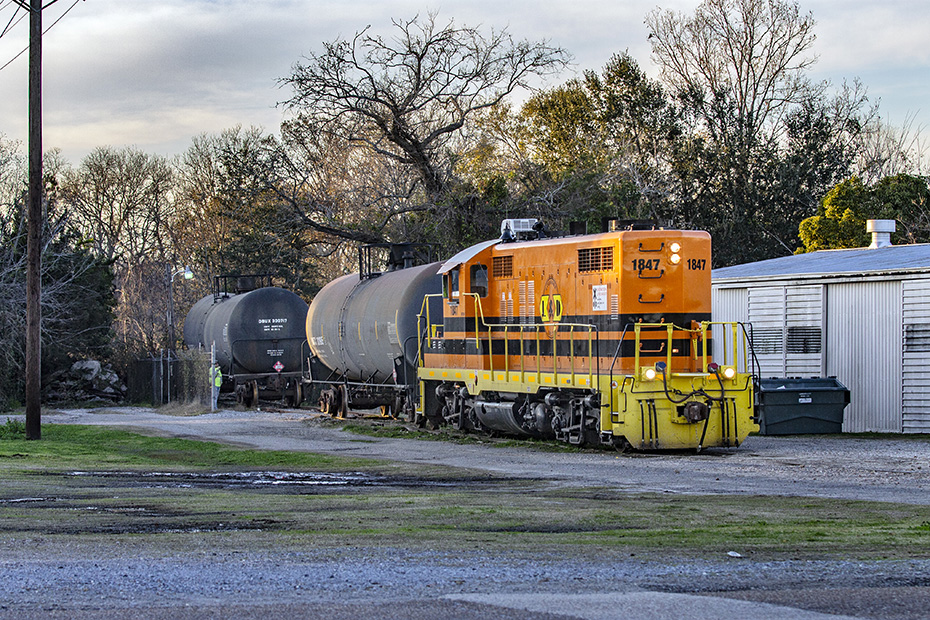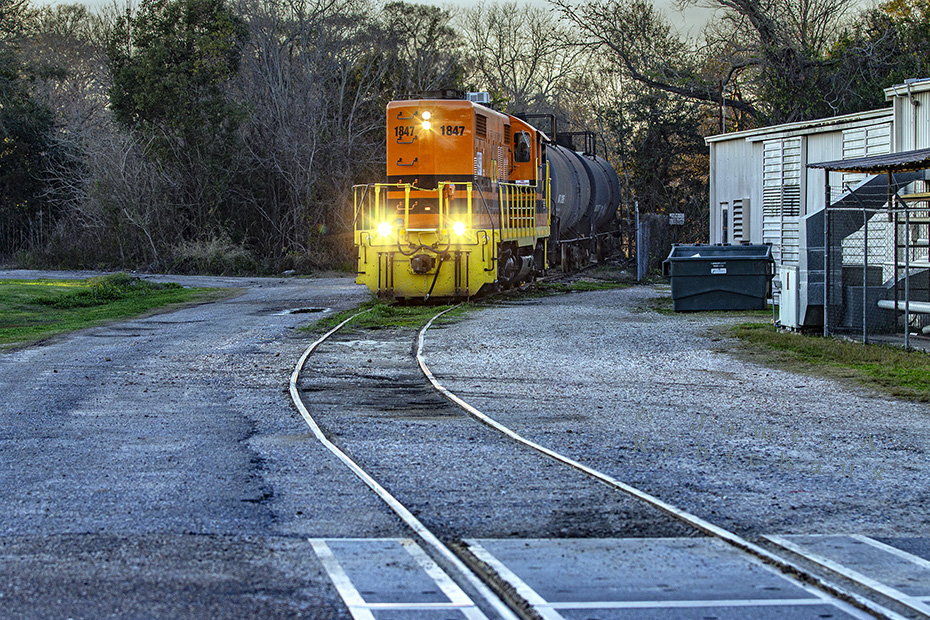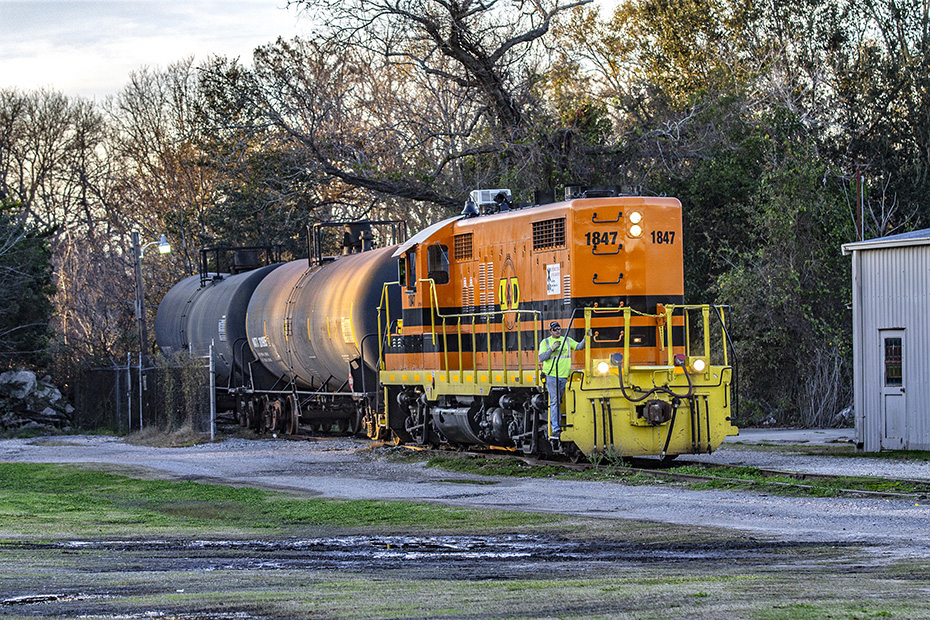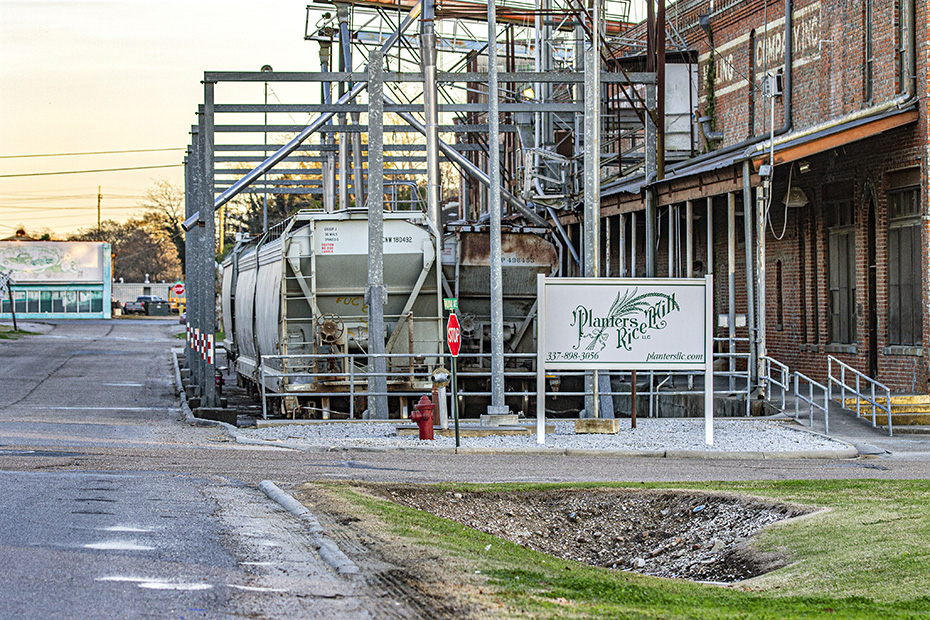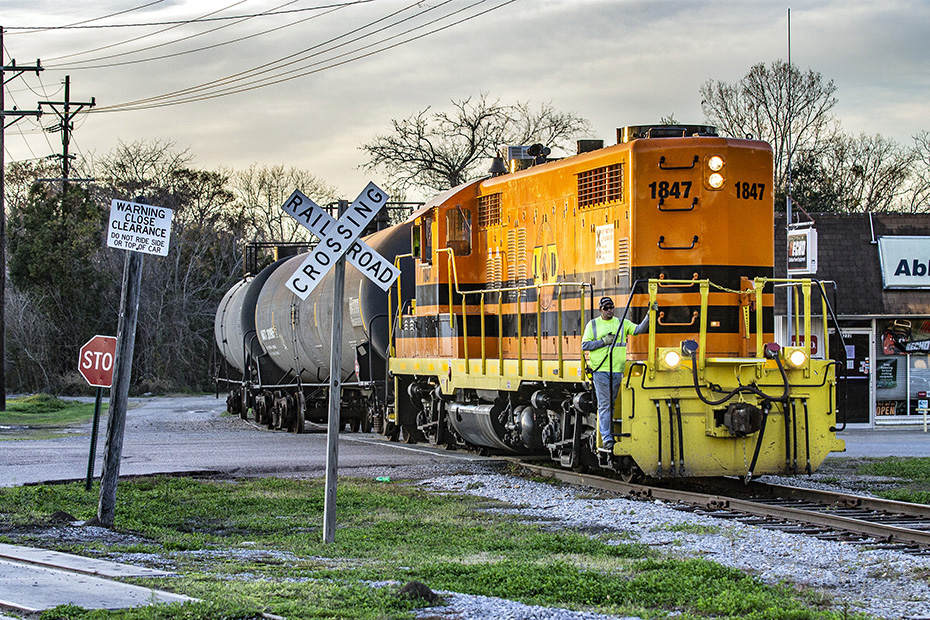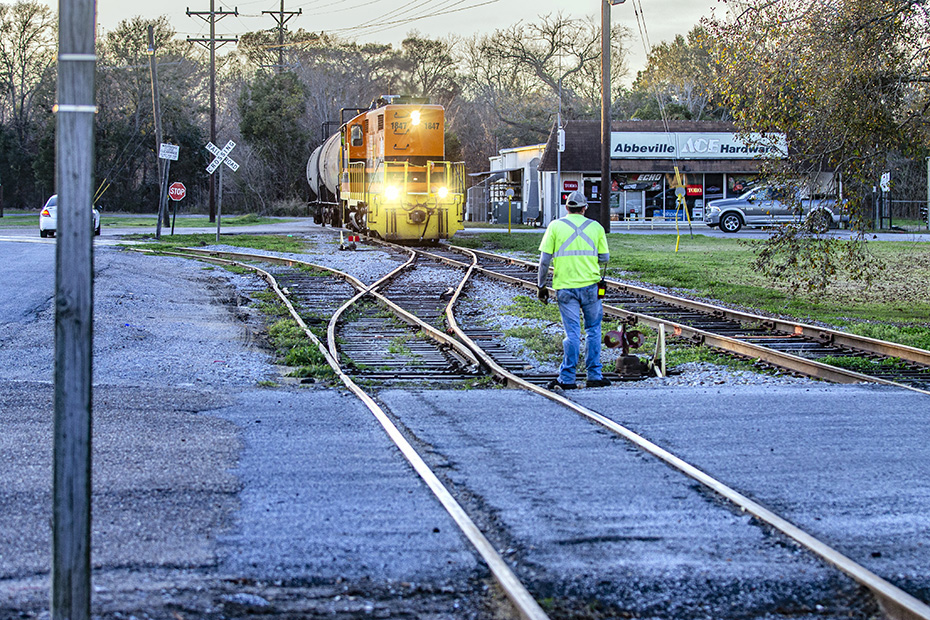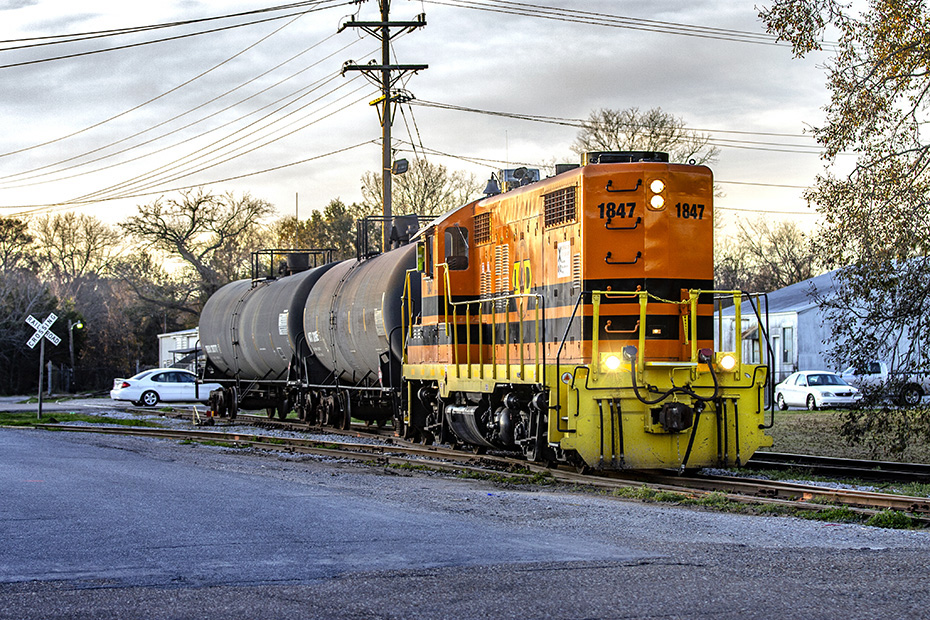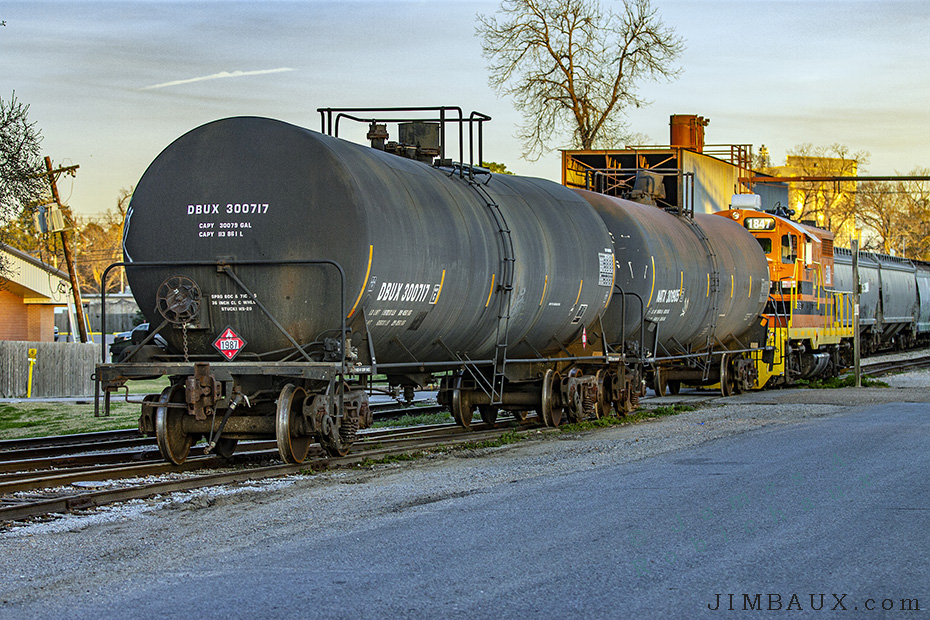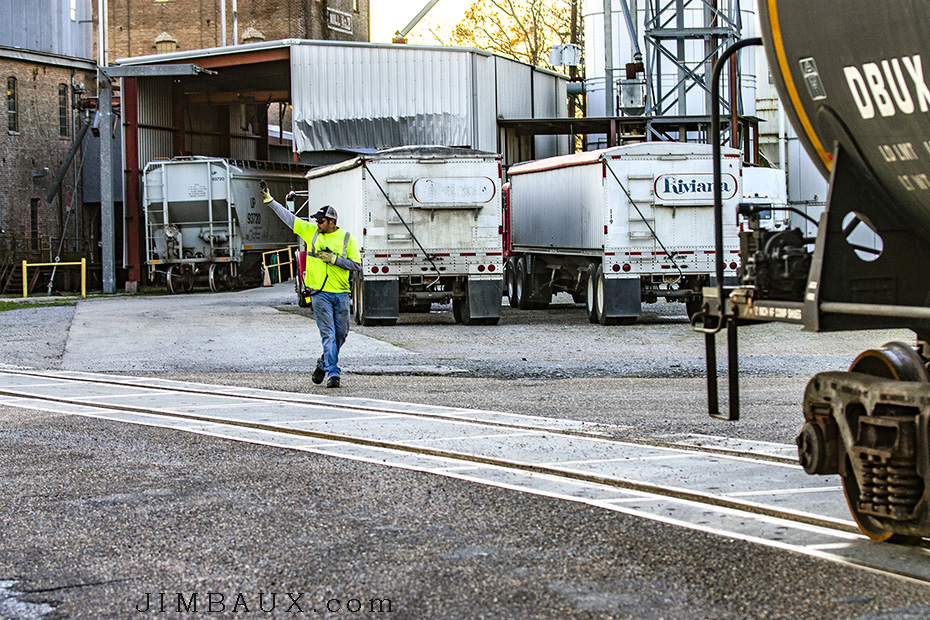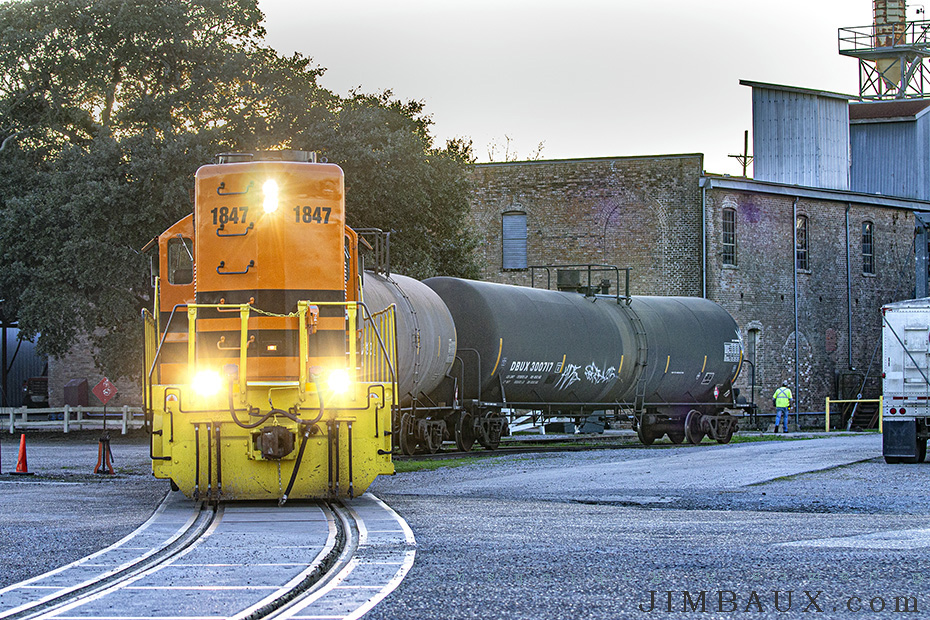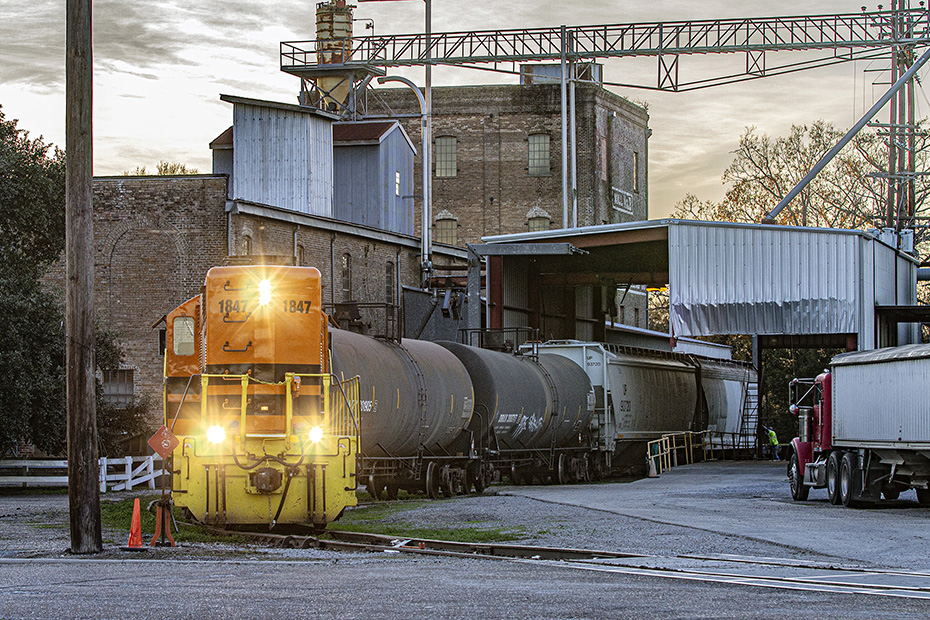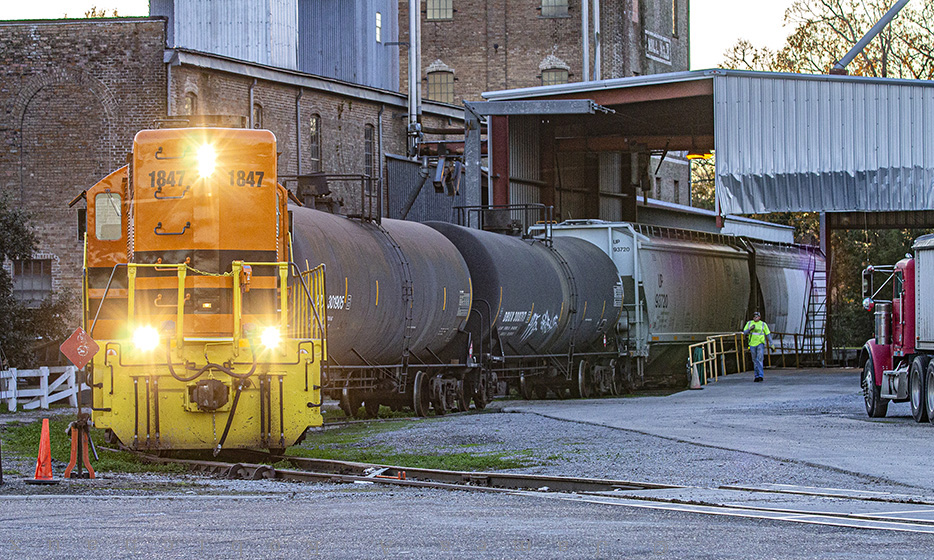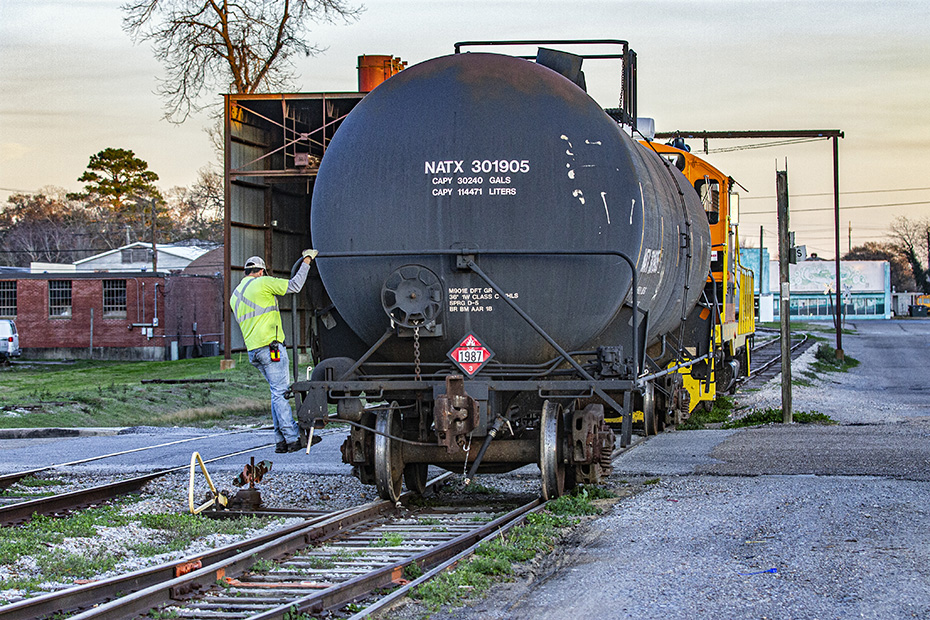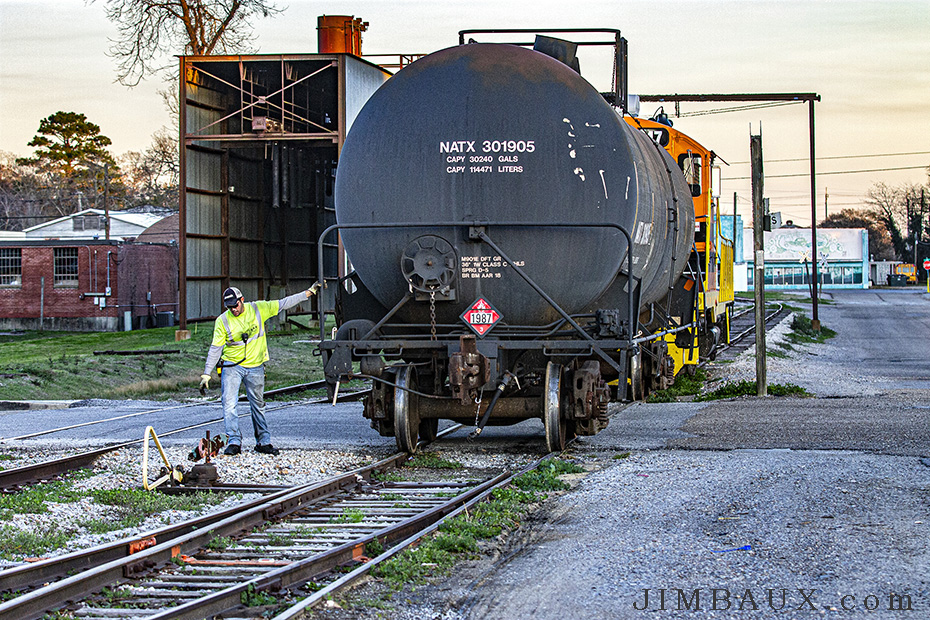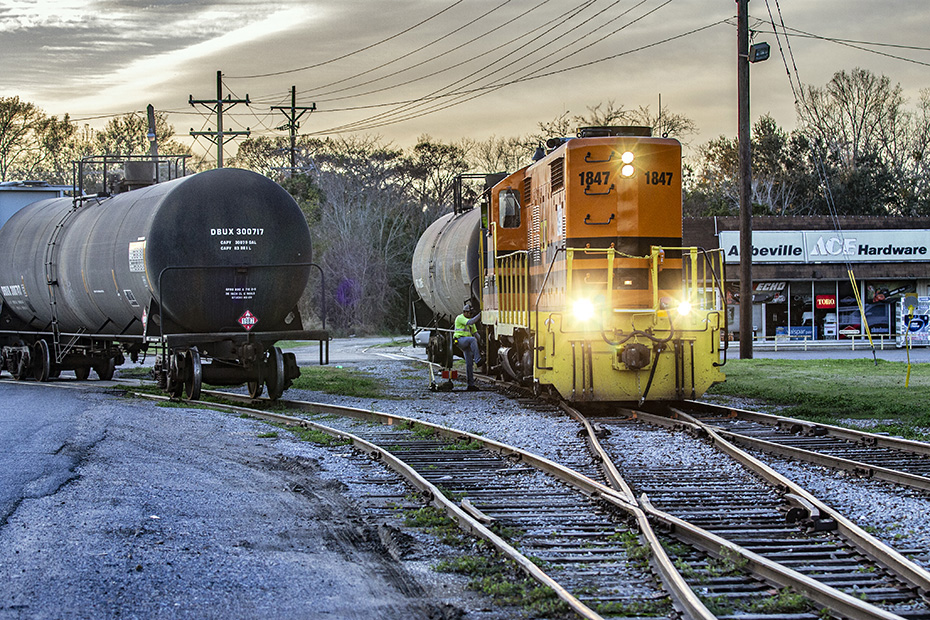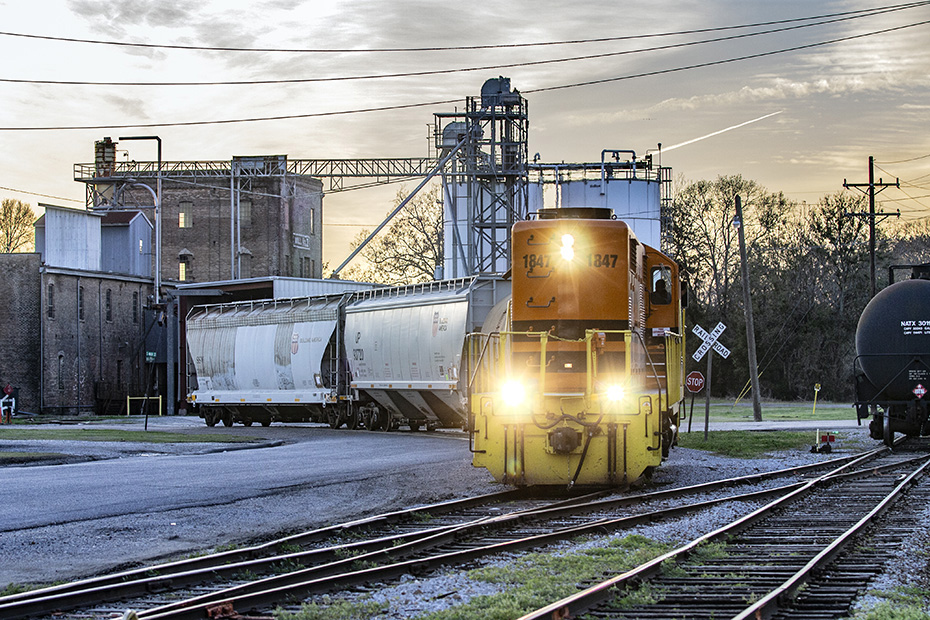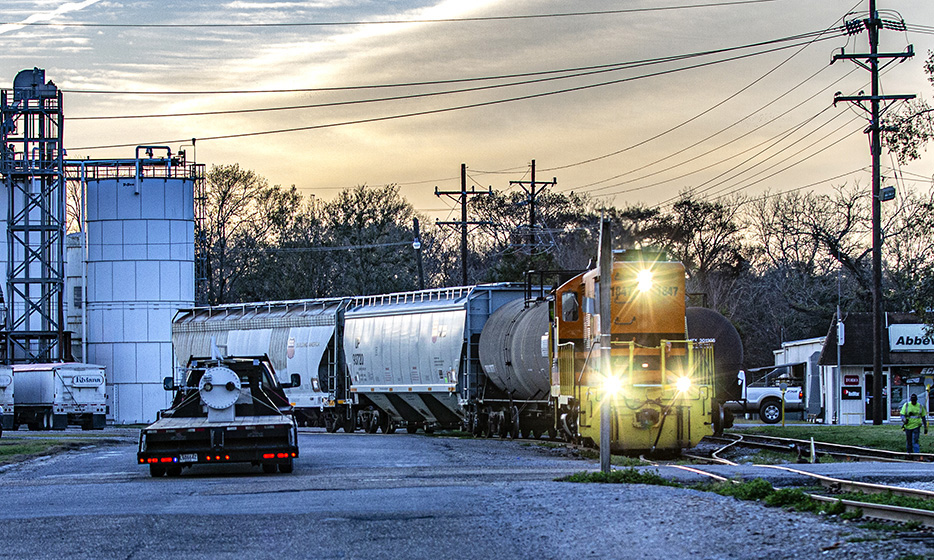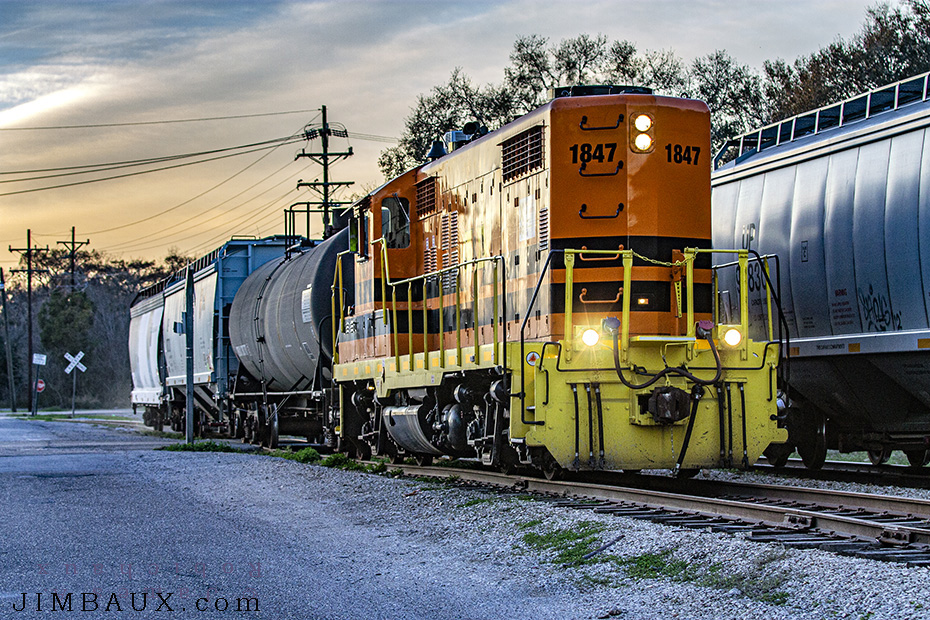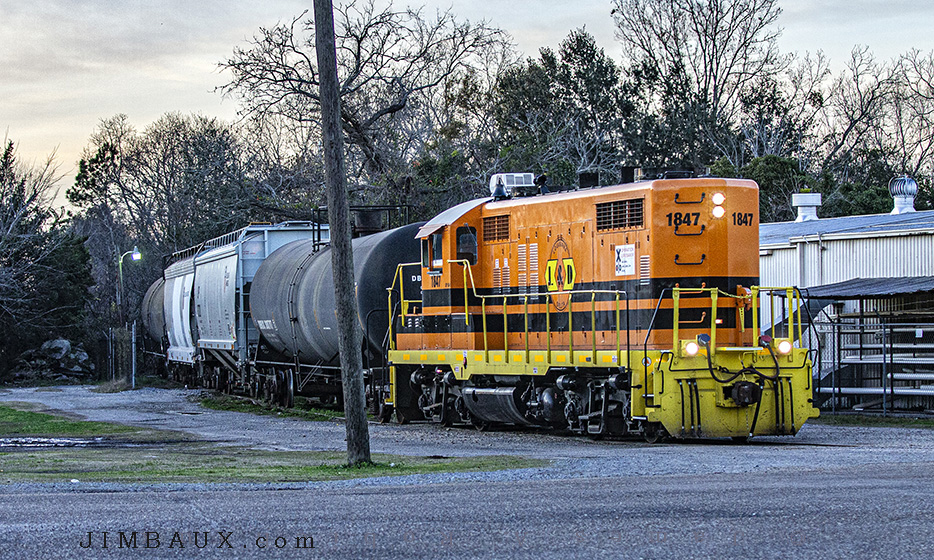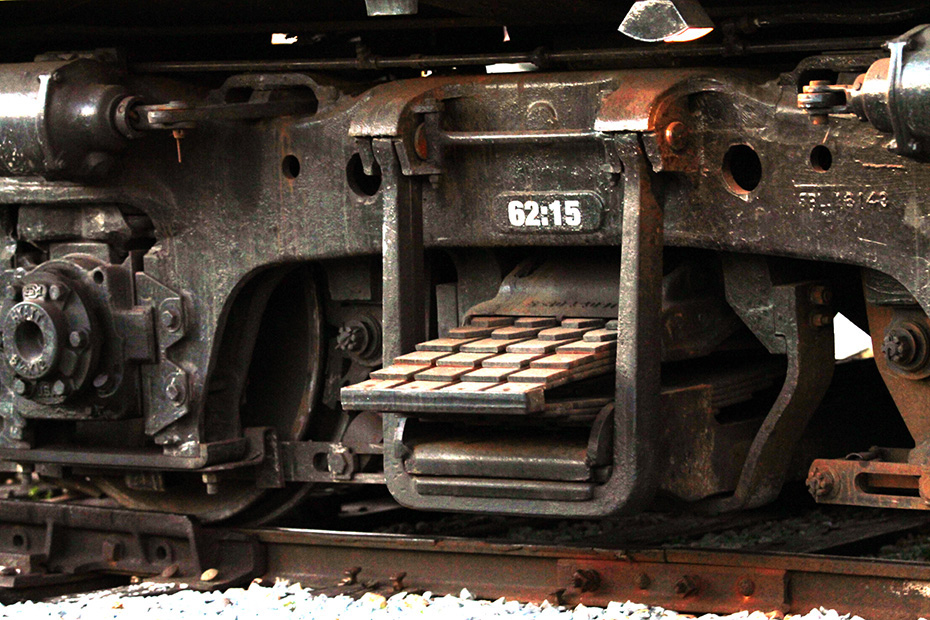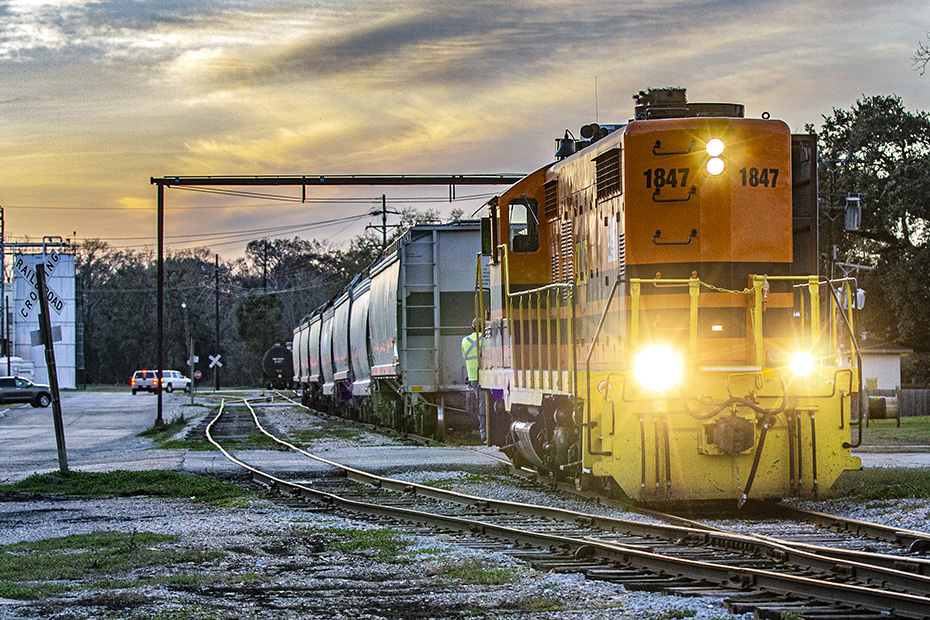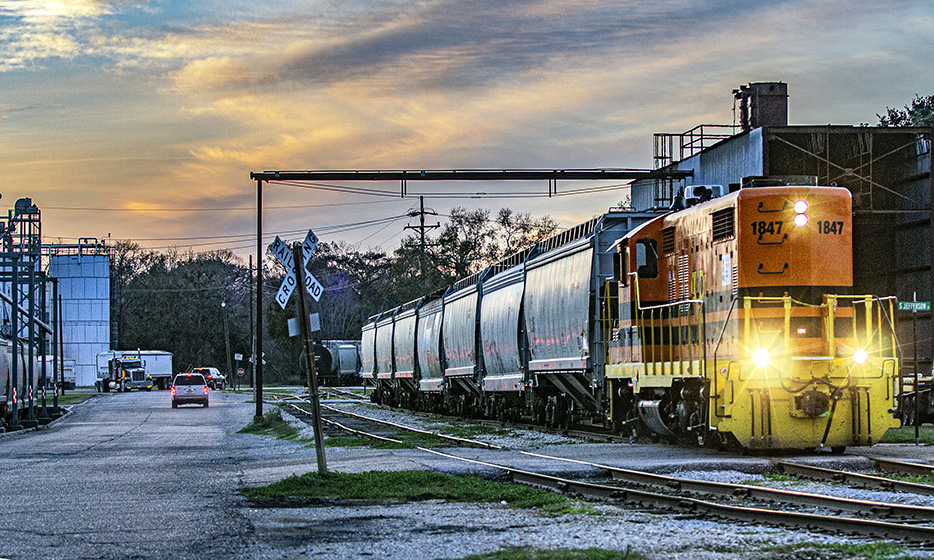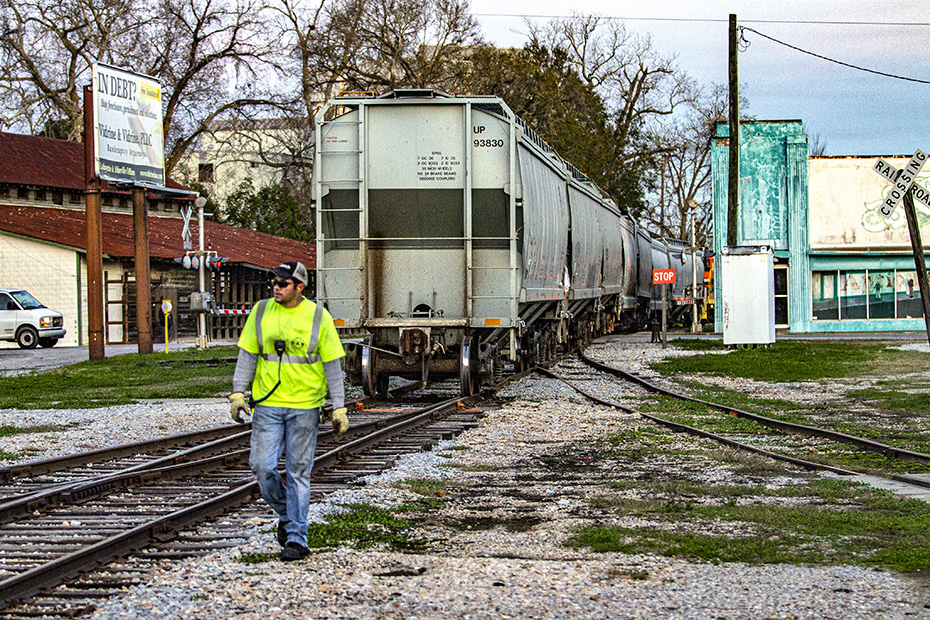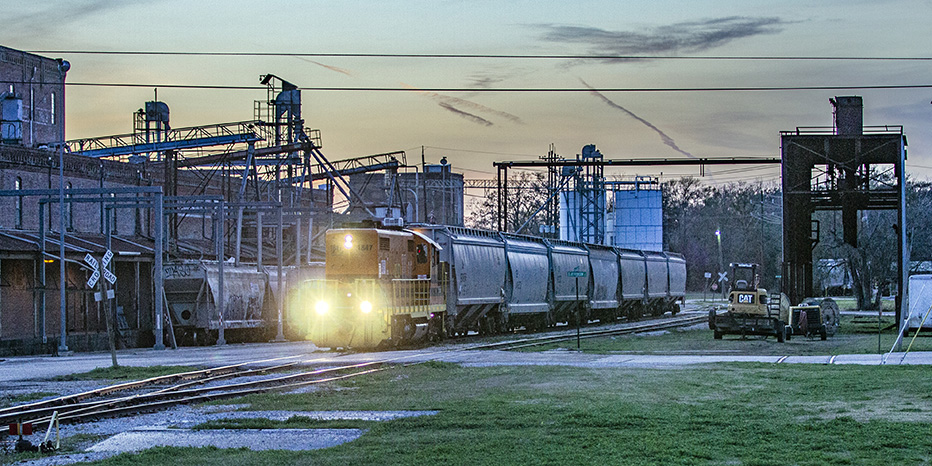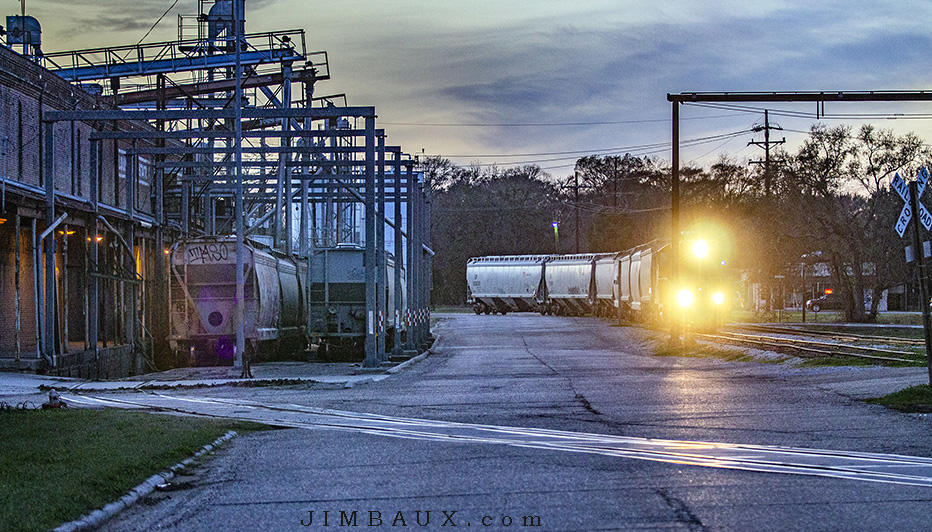This is a big, huge, long article, with plenty to say – including news about Jimbaux’s Journal itself and its future – and plenty of photographs, and this and tomorrow’s article will likely be the last big articles here for a long time.
A reader has recently asked about a numbering system for the pictures in these long photo essays, saying that it would be much easier to comment on which photographs that he likes if they were numbered, but there already is a numbering system. As I have said repeatedly before, caption information for each image can be found in the filename for that image, and the filename can be read by positioning your mouse arrow over the image. (If this doesn’t work, and it probably won’t work on a mobile device, you may have to click on the image to see the filename.) The first part of the filename is a number for the photograph! For this article, use the three-digit number – or the two-digit number, ignoring the zero in front (unless it is the very last image) – if you want to reference an image in a comment.
In the meantime, before we get to the pictures, I have plenty to say about the past, present, and future of Jimbaux’s Journal; so, to avoid problems with your eyes reading the white-on-black inverted text, it might be best for you to highlight all of the text between this point and the first picture.
Hay Beaucoup Aquí
The 100 images – yes, 100 images – in this article were taken on Tuesday 6 January 2015 showing railroad action in Iberia Parish and Vermilion Parish in Louisiana, most specifically of the Louisiana & Delta Railroad’s train serving its Abbeville Branch, the remaining portion of the Southern Pacific Railway’s Midland Branch, of which you so far have seen only one picture, as is my customary fashion to give on the Facebook page one sample shot from a big day of picture-taking long before publishing the entire set. At long last, here are the rest of the pictures from that day.
The publication date on this article is the same as the date that the pictures were made, but that’s only because I created and “published” this article on that date and quickly unpublished it (meaning that the site saved that date in and as part of the URL) for me to come at a later date and process the enormous number of pictures and write the text, and now I am typing this in very early January 2016 (starting on New Year’s Day) in order to have this completed and republished by the anniversary date.
Before getting to the specific topic of this article, that being action on the Louisiana & Delta Railroad’s Abbeville Branch from New Iberia to Abbeville and photographs thereof, allow me to spend the next few paragraphs explaining how the publication of this article and tomorrow’s article fits in to what I have in mind for Jimbaux’s Journal as I am typing this in early 2016, and, similarly, how the mere acts of making those images was something of an end of an era – a big personal change – for me.
I Have Some Explaining To Do
Tomorrow’s posting also will have a large – but not as large as this – set of pictures, and the quantity of images taken in those two days constitutes more than half of the SLR pictures that I took in 2015! Yes, my interest in taking pictures has dropped to its lowest-ever level (or the longest that it has been this low), and the last train pictures that I took in 2015 were in early September! As shown in the July 2015 archives, I “went digital” in July 2005, and for almost all of the following decade, I’d take about 10,000 DSLR images per year (most of them not presentable, of course, as for each picture that you see on this site, there are usually five or more similar to it, while only the best of those gets presented), but the amount in 2015 is only a little bit more than 1,000, with most of that being taken by the end of the day on January 7! Yes, you read that right; in 2015, not only did I take about 10% of the amount of pictures that I normally take in a year, but more than half were taken within the first week of the years!
There is a relation among all of this, what you saw on Jimbaux’s Journal in the second half of 2015 and my efforts to put all of that there, and my decision to go ahead and take the time and effort to make this article and the next one. Regular readers of this site will notice that, starting in July 2015, I began publishing my pictures from 2005 (when I switched to digital photography), doing so one the 10-year anniversary of each set of images. This has been interesting, and many good and memorable pictures have been posted, but the effort to get all of this done is very time-consuming and energy-consuming, like a second job, and, as anyone who read the 31 December 2005 article (published on 31 December 2015) knows, I have decided that I simply can’t justify continuing this into 2016 with the 2006 pictures; for those (probably very few) of you who had been expecting that and who are disappointed by the news, I apologize, but for the amount of money that you’re paying me to do this, I can’t keep up!
While a significant dropoff in desire to get out and take pictures of trains in late 2015 allowed me to spend time and energy in processing, writing essays about, and posting my 2005 images, such an arrangement was not sustainable; I think that you would agree that it stands to reason that if I have practically no desire to get out and photograph – or even see – trains now, I’d also have little inclination to spend much time or energy processing old pictures of trains, writing stories about them, and posting the photo essays on the internet. So, the two are definitely related; if I had more time, I’d still process, write essays about, and publicize the 2006 pictures while not taking much-if-any new pictures, but I don’t even have the time or inclination for that. Put another way, if I’ve apparently decided, even subconsciously, that I don’t wish to spend my precious time to watch, chase, and photograph trains, it then makes sense that I’m unwilling to spend plenty of precious time processing, writing about, and publicizing the very many pictures that I took in 2006, a time when I did devote plenty of time to taking pictures!
You might have noticed in the first half of 2015 that I got out and took pictures never more than once per month (after tomorrow.) I, for whatever reason, want each month to have a blog article. So, on one – and only one – day in each of February, March, and May, I got out and took pictures so that I could have something to post to Jimbaux’s Journal that month, and that I had a couple of anniversarial articles to make in April allowed me to not get out and take pictures at all that month! I hate saying this, but I really didn’t realize until I stopped taking pictures in the second half of the year that I had this year (after January 7) been getting out, taking pictures, and posting the results here more out of a sense of obligation, more out of the fact that it’s what I already do, than out of any love or desire; there was an element of “I hope you like this, because I took the time to do this” in many of my postings – including the anniversarial ones – this year, and that’s just not healthy, for me or you, as you deserve better than to have that hung over you.
That basically means that I was acting like a martyr, and since I was not being a martyr for a just or noble cause, that attitude wasn’t helpful to anyone. Art and passion should be about the artist and the art; art should be something that the artist does regardless of who is paying attention to him or his work. Still, I don’t think that it was on its own problematic that part of my motivation for processing and publicizing the old pictures is that, so long as nobody ever sees them, they aren’t serving anyone (because they can’t serve anyone if nobody sees them); so, the act of publicizing them would, in my logic, mean that there finally was a point in me having taken the pictures 10 years ago. I now think that, while that argument does have plenty of merit, it’s just not enough for me to justify the continue sacrifices to make it happen for the 2006 pictures (and the change in year was the most convenient time of which I could think to make the break.)
Also, that’s one of many reasons why I almost never take pictures anymore; I know that whatever time I devote to taking of the pictures, I’ll probably have to spend at least double that amount of time processing and posting the pictures, and since I have that sense of obligation of processing and publicizing the images that I take, I just don’t take the pictures in the first place so that I can avoid creating the obligation for myself! That might sound sick or silly, but it’s the truth. I realized that of the few times after January 7 (tomorrow) that I took pictures in 2015, I was doing so almost purely out of habit; when “because this is what I do” is your reason for doing something, then it’s time to question doing the act itself.
So, as my aforementioned and aforelinked 31 December article stated, I have conceptualized a compromise that allows me to get my obligatory monthly article while freeing me of the obligation of making a post every day that I took more than one good picture in 2006 while still honoring that year: I will, once per month, make a “sampler” article with 10 good pictures from that entire month in 2006. Yes, it’s possible that I’ll get out occasionally to take some new pictures here and there, but I don’t want to do it just out of a sense of obligation or tradition. Another good thing about the sampler idea is that I get to mix several different topics – having being photographs taken in the same month the only thing that they have in common – into one moderate-sized photo essay; it also means that I don’t completely abandon the process of publicizing some of my yet-unseen-anywhere images.
I started Jimbaux’s Journal five years to the month before I am typing this, and I guess . . . I don’t know. Both the world and I have changed plenty since then; Todd VanDerWerff at Vox recently wrote a great piece comparing the internet of 2015 with the internet of 2005, claiming that 2015 was when the internet of 2005 died, and it makes sense, especially for me, because I conceptualized Jimbaux’s Journal with the internet of 2005 in mind, but the world has very much changed since then. One thing that I have noticed even just in the latter half of 2015 is that the number of comments posted to blog articles here on this site – like the article that you are reading – has plummeted, and I don’t know why this is, as it may be many factors, but I think that the comparison raised in that Vox piece very much resonates; with the proliferation of social media and mobile devices, commenting on a website just isn’t what it was a decade ago. If you have any thoughts on this, I’d love to hear them.
I do have some “Pages” to make, and that would be a good thing for me to do here when time permits in 2016; I already have a page for my December-2006-to-January-2007 Mexico visit, and I can – and should – make pages for my 2004 Mexico experience, the Lockport Branch (since I now have several articles on that topic published), and Chip and the Chip Local.
So, given all of that, given that my intense picture-taking over these two days in January 2015 was something of a goodbye to picture-taking, me making all of the effort to make these two big postings now is something of a goodbye to large-quantity picture-processing and blogging. I still took pictures after these two days in 2015, but they were sporadic, casual efforts; likewise, in 2016, I’ll still process pictures and make blog posts after these two big ones, but they shall be sporadic, casual affairs.
Maybe when I’m much older, I’ll get back to processing all of the good 2006 shots, but I can’t justify doing it now; my creative tendencies and creative pursuits and ambitions are pulling and pushing me in other directions.
So, enjoy this piece and the next one, and sit down with some coffee or beer or wine or ice cream to do it!
These pictures were the first pictures that I took since December 15 when I finished a weekend spent documenting the CN Bogalusa Line; two days later, I had a spinal fusion surgery, which required two nights of hospitalization. The pictures that you see today were my first pictures after surgery, taken a week after I started driving again, and all taken while I was wearing a back brace! There would be no climbing on top of the truck today (or tomorrow), but I did stand on the bumper for one shot.
I wanted to get images of the Abbeville Branch, and the time between the main recovery from the surgery and when I returned to work (two days after I took these pictures) was the best time, I thought, for me to get an Abbeville Branch chase, which is difficult, since the branch is served only about once per week, and not on weekends.
And Now For Our Featured Attraction
The Louisiana & Delta Railroad’s Abbeville Branch is what remains of the former Southern Pacific Railway’s Midland Branch, extending southward from New Iberia toward Avery Island, a branch to which was abandoned around 2000, and then westward toward Delcambre, Erath, Abbeville, Kaplan, and Gueydan, where it turned north and eventually reconnected with the SP mainline at Midland, from where it extended farther to the north. Railroad historian Michael M. Palmieri photographed the line in the 1970s and 1980s and has a great picture album showing the Midland Branch in those days.
By the time the L&D was created in 1987 to take over ownership and operation of most of SP’s remaining branchlines in southern Louisiana, the line went only as far as Kaplan, but even this would not last long, as sometime in either late 1988 or early 1989, a fire (suspected arson) destroyed the bridge over Coulee Kenny just west of Abbeville, prompting the L&D to abandon the segment between Abbeville and Kaplan.
Today, the 21-mile-line is officially called the “Abbeville Branch” of the L&D, and the only customer of any appreciable size past about milepost 4 is the rice mill in downtown Abbeville; rice has long been the mainstay of the line, as the last customer in Kaplan was the rice mill there, and I believe that the same is true for Gueydan.
For more information, see a 1987 L&D timetable.
The Abbeville Branch is served usually only once per week, usually on Tuesdays, as today’s pictures were taken on a Tuesday; when there are a large number of cars, a second run is made, usually on Friday, and such happened three days after today’s pictures were made.
Okay, So, Now, The Story Of The Pictures Of The Day Actually Starts!
While we won’t see our Abbeville train until the 19th picture and won’t see it on the branch until our 23rd picture, we begin this morning in New Iberia, with bright, sunny skies and cold temperatures, as good ol’ Peartree, a veteran from the SP, makes his way down the platform so that he can cross the tracks to get to the locomotive to which he is assigned today.
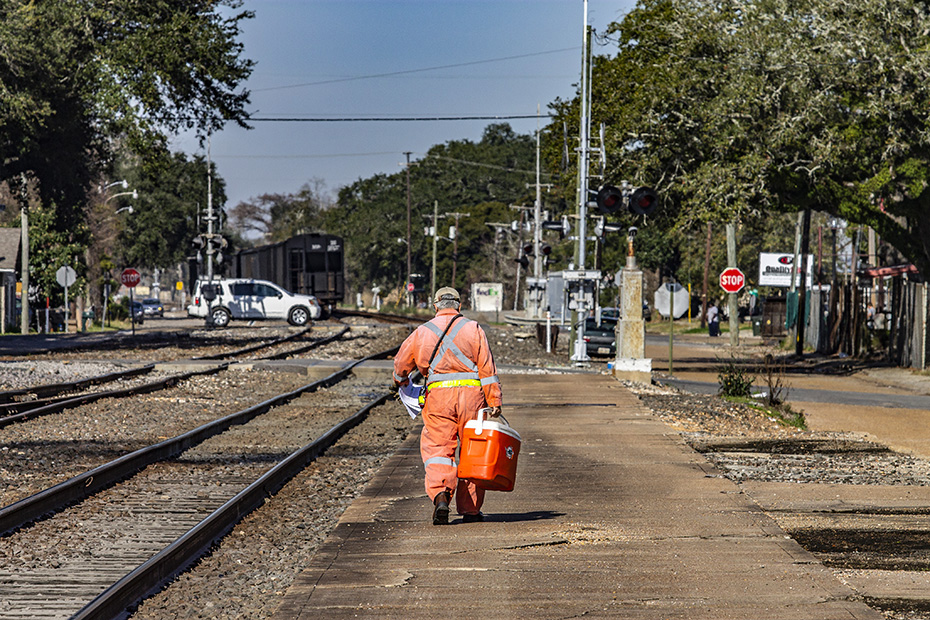
Peartree knows his fellow SP veteran Chip!
Peartree’s locomotive is the LDRR 2009, a former Utah Railway locomotive.
You can see that he’ll first address that cut of carbon black hopper cars that is sitting in the siding.
So, here comes an eastbound BNSF Railway manifest train on the mainline.
So, then I head west where our two jobs are working the interchange yard.
Peartree and his LDRR 2009 will not be working the Abbeville Branch today, but they have to get their own train out of the way first before ours can do what it needs to do.
If I photograph the Abbeville Branch again (and that is a possibility, even in 2016), I don’t think that I’ll do all of this non-branch stuff beforehand.
So, say goodbye to the LDRR 2009, as this is the last that you’ll see of it today, since the NI1 was not the train that went to Abbeville on this day.
Okay, now let’s have a few looks at the interchange yard, and we see the cut where the Abbeville cars are.
It looks like our train – maybe the NI2, but I don’t know – has a little bit of switching to do this morning before it makes its way onto the branchline.
So, I set up next to a local park – where I was able to charge the obsolete telephone that I finally replaced about a month-or-so later – and photographed our job switching.
Well, we have the LDRR 1847, the newest locomotive – I mean, most recently-acquired locomotive, since no L&D locomotives are acquired new – on the roster!
The LDRR 1847 arrived on the property two months before; it is a former Rock Island GP18 that has been converted into a GP18-1.
That’s the little park where I was parked.
Yes, the 1707 is also at work here, but it won’t be part of the branch train today.
I’m glad that the crews are getting some relief from the heat (though not today), but, damn, those add-on air-conditioners on the top of the locomotives surely make the locomotives look goofy!
Note the “NEW IBERIA” station sign in the above image; it was also visible in image #6.
I suppose that I went and got something to eat next, because it is more than an hour to the next picture, when, at 13:49, with hours of great lighting already pissed away, our branchline train finally departs the interchange yard.
The train is on the New Iberia siding of the Sunset Route mainline here; so, we’re not on the branch yet, but at least our branchline train is moving, and toward the branch.
We have 21 cars in our train today, and the next picture is picture #21!
Next, we are on the branch; we are at the L&D locomotive shop, which is at milepost 1 of the branch on St. Mary Street in New Iberia, and we see one of the CF7s still in Allegheny Railroad paint.
I love those old CF7s! Here is our train.
To make that picture’s composition better, it would have helped to have the milepost – the post itself – more centered with the train, which would have meant less dead space at the bottom of the image, but doing so would have required me squatting, but with me wearing a back brace and having had a spinal fusion surgery 20 days before, that would have been both difficult and unwise.
I like having the “new” 1847 lead our train today, but I’d much preferred that 1506 doing the honors.
Getting out of New Iberia proper, we have our first view that shows the entire train – something that is important to me – while also showing some nasty heat distortion.
The next view is not as bad, but it would have looked better two or three hours earlier.
All 21 cars are bound for the rice mill(s) in Abbeville.
Next, farther down the line, we see milepost(s) 3 and US Highway 90 in the background.
The high-cube boxcars make this train feel less branchliney.
I’m not sure what this area is called, but the New Iberia post office serves this area.
Moving again farther down the line, I refrain from cropping out the highway in order to both show its presence and that it parallels the track at this point and to avoid the problems with heat distortion in the image.
The highway goes to famous Avery Island and is known as Avery Island Road, and SP and later L&D had a branchline to Avery Island known as the Salt Mine Branch, but it has been gone for nearly 20 years, save for the first mile, which is used for storage.
Note the jointed rail at this point on the line.
This is noteworthy because there is a long section of welded rail farther down the line! That seems odd that there would be an isolated stretch of nice, welded rail line down a branch with a jointed rail section separating it from the mainline, but there is a story behind it. Partly due to a gas facility being at Erath (a facility that is no longer there) and being a good railroad customer, the SP decided to lay welded rail on the line, and, in this process, the rail was, as per custom practice, dropped alongside the existing track before installation. The SP started installing the welded rail in Erath, working its way back toward New Iberia with the installation, but this stopped at Emma (we’re almost there), even though welded rail had been dropped along the line all the way to New Iberia! Why? This was right at the time when the SP sold the line to L&D, and once the decision for the sale was made, SP picked up the rail that it had dropped but hadn’t yet installed! I guess that it wasn’t yet an “in the ground” investment! In any case, I like jointed rail; it’s very branchliney, and I like that.
Next, we are just south of Davids, the place where the Pesson Spur diverges from the branch mainline.
that truck on the highway, you can see the railroad crossing warning sign for the Pesson Spur, once part of another railroad line that operated in this area and today going to the Port of Iberia (which we’ll briefly visit tomorrow.)
We’re also just north of I&V Junction, where the Abbeville Branch turns westward and the line to Avery Island kept going to the southwest. The below image is merely a cropped version of the above image, the second time that I do that in this article, meaning that while it has 100 images, it has only 98 unique images.
Today, a stub about a mile in length remains of the Avery Island line past I&V Junction, and it is used for car storage.
Next, we have what are some of my favorite views of the day! We’re at a place called Emma, and now the train is picking up speed because it is on better track, being on welded rail.
I love broadside views! It’s rare that you can find a place where you can get this far away from the track and still have a wide and unobstructed view.
We are 1,500′ away from the track here, and the unobstructed view of the track is still wide enough that we can get the entirety of a 21-car train in a broadside view like this!
I love it! The problem is that the 934 pixel width to which I am limited on this side does not do a shot like that justice, but I still think that you get the idea; you really get the essence of a train – get an appreciation for its length – in an image like this. That’s why this is very much my favorite view of the day. Just to make the effect different, we’ll crop the next image.
I like that, too. Let’s get one last full-broadside view of the train as its midpoint is about perpendicular to my position across the field.
That’s sugarcane growing in that field, which is a bit ironic, since rice is the reason for this railroad’s continued existence; the train is moving from sugar country to rice country, but Abbeville is actually at about the easternmost part of Louisiana rice country. Generally, the Vermilion River is the dividing line between rice country an sugar country.
After this, a closed road – apparently due to a bridge outage – vexed me in my attempts to quickly get ahead of this train. After some zigzagging, I ended up halfway to Delcambe at Leleux Road.
Here comes the train, with a different kind of view from what we have seen so far today.
And, next, I zoom out not only to show you the oncoming train but also yet another instance of being vexed by a road closure due to a bridge outage.
Dammit! That’s the second time this happens, second time I get jacked out of shots by a bridge closure. Not that the shot at Bob Acres is that good of a shot (listen to me, talking like an Abbeville Branch foam-veteran, or something), but it would have been nice to at least have the opportunity; just imagine how much even longer this article would be were it not for these two instances of road closure!
Next, we are on the eastern edge of Delcambre, and our train is slowing.
Our train is slowing so that the span of the bridge over the Delcambre Canal can be lowered for rail movement.
That’s not bad. Here’s the third shot from this location and looking in the same basic direction.
Let’s have a look in the other direction.
The train is now stopped so that the conductor can get the bridge span lowered, giving me a chance to get this image of something attached to one of the hopper cars.
What process is described with this note? What role does phosphine gas play here? It appears that it something that is done at the shipping mill, and it appears that this car was last used to ship rice one month before.
Porkchop has a better shot showing the bridge with a train (moving in the opposite direction) traversing it. This part of the Delcambre Canal is just south of the famous Lake Peigneur, site of the infamous 1980 mining disaster that drained the lake in a matter of minutes; the Missouri Pacific Railroad had a branchline coming to the salt mine, but that was abandoned a few years after the disaster, as the mine was too damaged to continue operating.
Next, we are on the other side of the canal, and the train is slowing to a stop again, this time so that the conductor can raise the bridge behind him.
Note, in both the above image looking to the east and the below image looking to the west, that there was a rail spur here at one point apparently in the not-terribly-distant past.
With the bridge realigned back for maritime traffic, our conductor climbs back aboard the locomotive.
I wonder if those two young-looking dudes at the left are foamers.
Next, I discover a new shot that happens to be next to an elementary school.
I happen to be chasing this train on a day when it happens to be passing at the precise time when school lets out; so, I had trouble getting out of here quickly!
Note that you can still see the highway bridge in the above image.
I wonder if any of these school kids are excited and-or enamored by this train’s passage; I hope for their sake that they are not.
Next, we are on the eastern outskirts of Erath.
Below is a little self-portrait!
Welcome to Erath.
You’re looking toward the middle of town in the next image.
Farther to the west, in the middle of town, we get this almost-head-on view, and you can see that there was at one time a siding here, which existed when Palmieri photographed here in 1986.
Note that even here in Erath, the Delcambre bridge is still visible in the distance!
I appreciate the fresh paint on the 1847.
Next, the train slows down to West Erath to work the run-around track here.
There are already cars for the rice mill in the run around track, and the train has 21 cars, but only 15 (I think) cars can be spotted at the mill at once; apparently, hopper cars are more of a priority than are boxcars, as most of the boxcars would be set out in the runaround track.
Nine minutes later, we see the switching taking place, and please note the facility to the right.
That is the former Texaco gas loading facility that was the reason for laying welded rail up to this point on the branch, and the tracks at the facility are still there, as satellite views show.
Former L&D general manager Forrest Becht has said that by the time the L&D was created, rail loadings at this Texaco facility were seasonal, mostly during the cold part of the year for butane and-or propane to be shipped up north, but that apparently stopped due to more communities installing gas systems.
I’d like to see the facility, with its tracks still in what appears to be good shape, used for car storage or something!
I think that we are about wrapped up here; next, the train – now with only 15 cars instead of 21 – has to slowly move via jointed rail into Abbeville.
So, here, on the eastern side of Abbeville, we have one of my favorite views of the day as the light is fading fast, and you can see our new train, with only two boxcars, both at the end.
I’m not sure, but I suspect that the boxcars are deliberately placed at the end of the train due to the specific place in the mill where they need to be spotted.
Below is a cropped version of the above image.
Actually, maybe I like this somewhat zoomed-out, closer view better.
In any case, this appears to be the place where Porkchop got a good shot of a train coming into town in November 2008; either he took that picture there or at the next crossing west of there.
This is where our good, tasty light went away for the rest of the day, but I was still able to get some shots in town that, while not great pieces of photographic work, tell the story of branchline operations; so, if you are (still) following this because you like photography, you might lose interest soon, but if you are here because you want to learn about how the industries in Abbeville are switched, the rest of the article will be most helpful.
We’re in Abbeville itself now.
A few blocks and six minutes later, we’re at the mill.
The crew leaves the last eight of those 15 cars, as the runaround track can’t hold more than seven cars without blocking a street crossing.
The other eight cars will be picked up afterward, but I won’t be there to see that, as it’s getting late, and I am tired, hungry, and filthy.
Oh, if that cab could tell some stories, there’d be some great Rock Island tales to tell!
The first thing to do is to go swap those tank cars seen in the distance; they are there for Creole Fermentation, and they carry denatured alcohol. The product is offloaded here and taken by truck to some facility a little way north of here, and I think used to make vinegar.
What is important to note is that this is the end of what was the branch mainline that went many miles past here; the swing bridge over the Vermilion River was just past this spot, and the track where the tank cars are parked was the branch mainline.
So, the above image is the closest that one can today get to the sense of a train coming from Kaplan (8.5 rail miles away), crossing the river here.
So, we’re pulling both tank cars out of the way, will spot the one touching the locomotive, and pull the one that we’re pulling from the fenced-in area back to New Iberia.
That’s a look at the rice mill as I look the other way. Now, let’s turn back.
Our conductor needs to get two switches lined for this next movement.
Move it does, and the next thing is that we’ll take both of these tank cars and pull some covered hopper cars from the rice mill.
Now, the shoving begins, to the mill track across the street.
Our conductor is walking ahead because close clearances preclude riding the cars at this point and because he has to keep automobiles out of the way!
So, next, the 1847 shoves these two tank cars into one of the mill tracks in order to grab two loaded hopper cars. (I’m making what I think is a safe assumption that all of the hopper cars spotted at the mill are loaded and ready to go; as you’ll see, I didn’t stick around to see what would happen once all switching was done.)
Here is a shot showing much of that structure.
Okay, now it seems like time to pull this cut.
Now, watch what is happening here. The cut is pulled up to the switch of the runaround track, and the loaded tank car is pulled off, but this means that the other three cars – the two loaded rice hoppers and the empty tank car that was just pulled – are blocking the S. Main Street (which isn’t a big problem since there are other nearby ways to get around.)
The conductor sees to it that the loaded tank car is pulled just past the switch and then realigns the switch for shoving the tank car.
Now, note what he is doing here; instead of spotting the tank car in the fenced-in area, he’s just parking it short of the crossing so that he can, as quickly as possible, go and get that cut of cars at left that is actually blocking two streets, so that he put those cars “on top of” the loaded tank car.
So, now, it goes and grabs the three-car cut blocking the street.
I race over to the left to get a longer view as the 1847 starts pulling the cut, and you can see that an automobile that might have difficulty turning around is waiting.
Note the loaded tank car at right, partially obscured by the locomotive.
Now, the 1847 is pulling the three cars into the runaround track (as seen above) so that it can then reverse direction after lining the switch to go to fenced-in track and couple the three cars to the loaded tank car and spot it (as seen below.)
Note that this also provides a very convenient place to store these three outbound cars until all other switching has been done.
What does that “62:15″ on the locomotive trucks mean?
Now, it’s time for the locomotive to get on the other end of that cut of seven empty hopper cars that it brought into town on the mainline.
The crew needs to move these cars over to the other track so that they can be shoved into the riverside tracks from which the two loaded hopper cars seen above were just removed.
In the above image, you can see at the left edge of the frame the main place where cars are parked, a place that can hold eight or nine cars. With the light fading fast, with me being very hungry, tired, and dirty, and with having familiar matters to which to attend, I would soon leave before that area is switched.
Now, those seven cars get shoved down into the runaround track.
It’s getting very dark, with the sun already set, and I’m really opening up my camera’s light settings far more than I usually open them, hence the terrible headlight blobbing effect in these last two images.
Note at right the evidence of a former track. Apparently, it went at least as far back as that covered area that apparently was part of the rice mill’s loading operation, and it may have gone even farther back where some old Gulf, Mobile & Ohio cabooses were parked, but the near part of it apparently also served as a location for loading rail cars with rice trucked from one or two of the Kaplan rice mills after the line to Kaplan was cut; that little concrete foundation just to the right of the switch was part of the structure of the apparatus that moved Kaplan rice from truck to rail car.
As the light fades, our last image shows the 1847 shoving seven hopper cars across S. Main Street to spot at the loading tracks there.
That’s all, and, at 100 images (two of which, again, are crops of other images shown here), that’s a good thing! I am curious about how the switching happened for the remainder of the evening, and if the crew even got back to New Iberia in time, but that was all for trainwatching for this day for me. The fact that I have some familial connections – and a place to stay – in the area is both what allows me the opportunity to document the Abbeville Branch and what has fostered my interest in it. With my beloved Lockport Branch now dormant, the Abbeville Branch is the closest thing that I have to it, and it helps that it’s also an L&D branch! In some ways, it’s even more like my beloved Supreme Branch of my youth, since, unlike the Lockport Branch, it is mostly railroad-owned hopper cars carrying an outbound agricultural product; I love it!
My interest in trains has, in 2015, very much waned, but two trips to or through Abbeville again after these images were made rekindled my interest in the Abbeville Branch enough that I decided to go through with the huge amount of effort to make this article. Thanks for reading it and viewing the pictures.
January 6 is apparently another one of those days around the time of the winter solstice that was usually a big day for me photographically. On that date in 2007, eight years to the day before I took the pictures in today’s article, I was in northern Mexico and photographed action on the Kansas City Southern de México; one year to the day later in 2008, I photographed the KCS business train with Mike Haverty aboard and on the rear platform on the Mississippi River bridge in Baton Rouge; on this day in 2014, one year to the day before I took today’s pictures, I got some shots of, among other things, New Orleans & Gulf Coast Railway street-running in Gretna, Louisiana.
There would be some unexpected train-watching and train photography tomorrow, but, after that, I would almost give up taking pictures. Stay tuned for the unexpected images tomorrow and the coincidental revelations that accompany them.
Jimbaux
